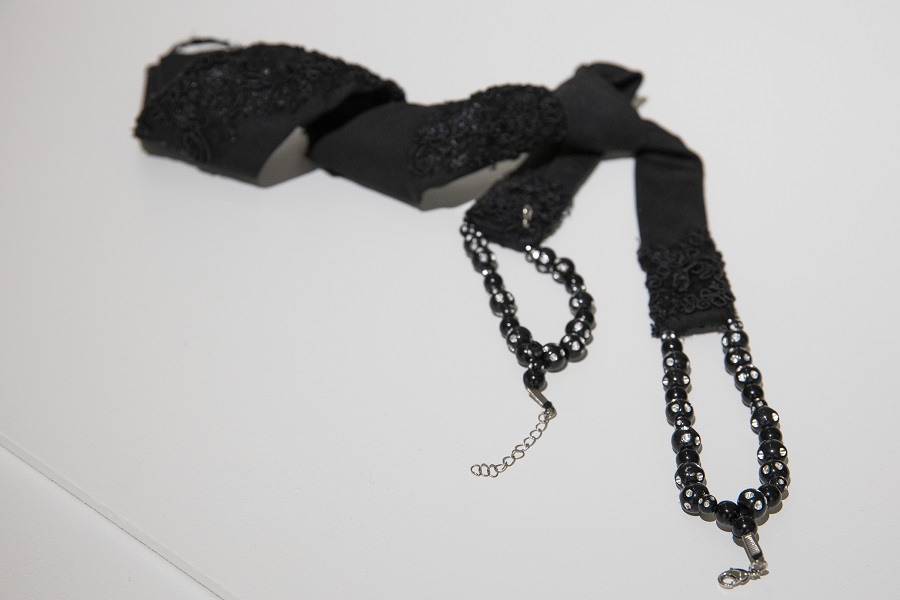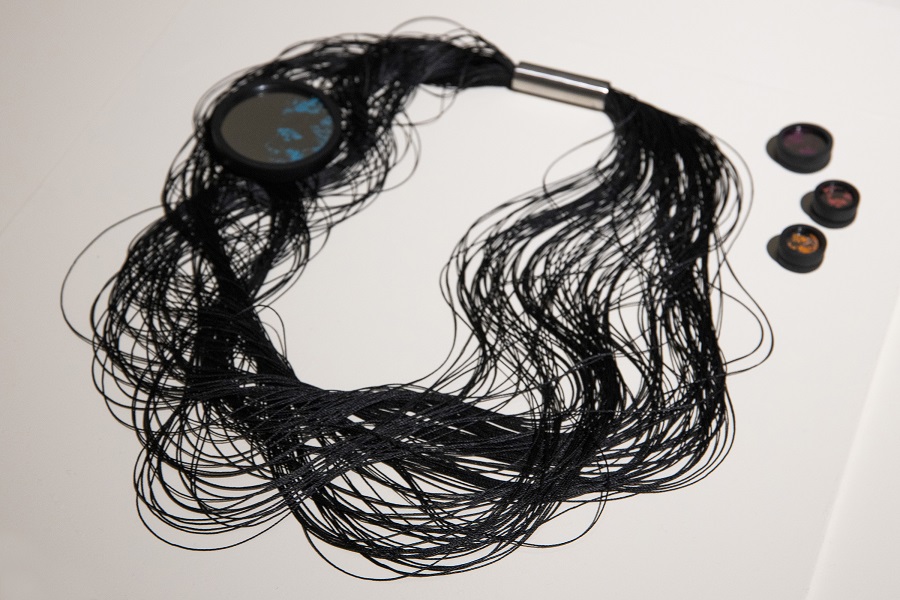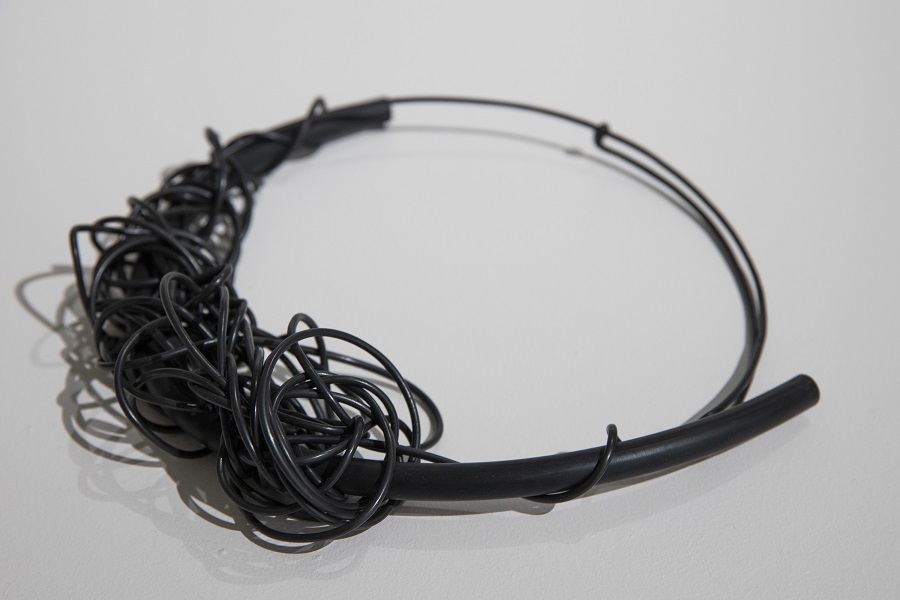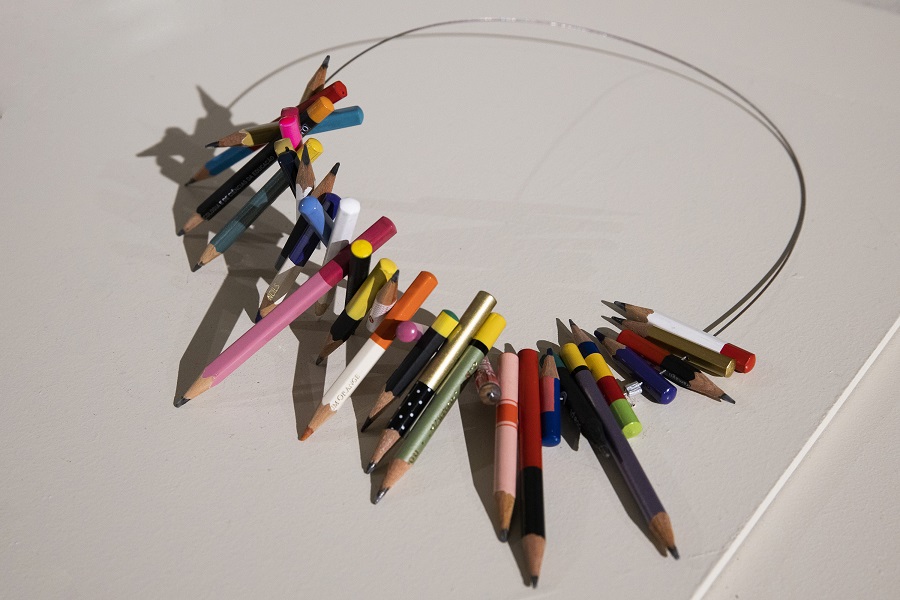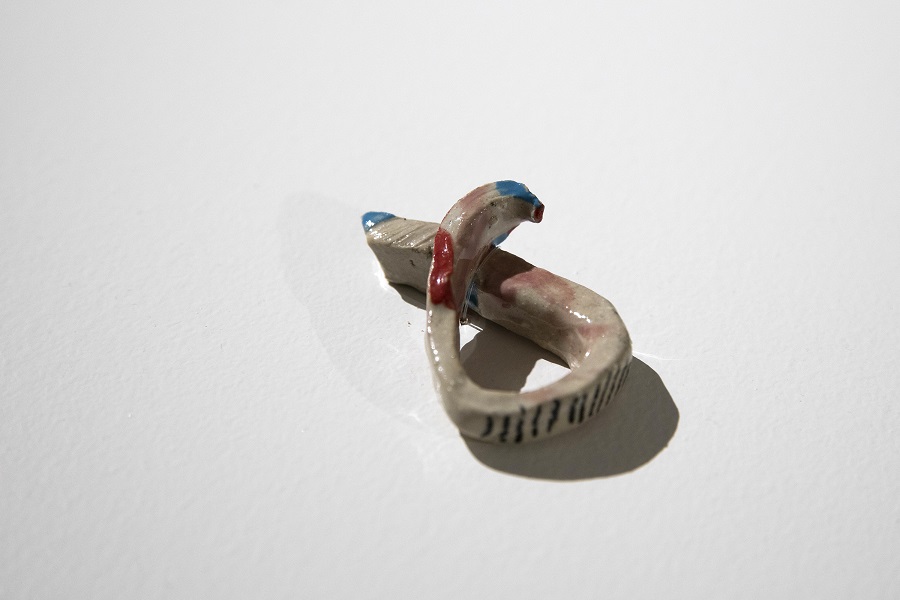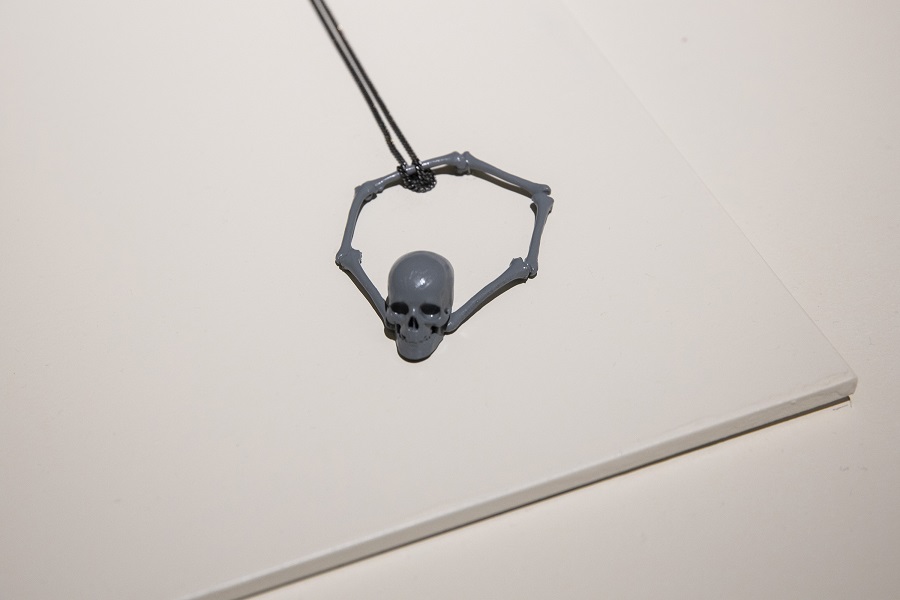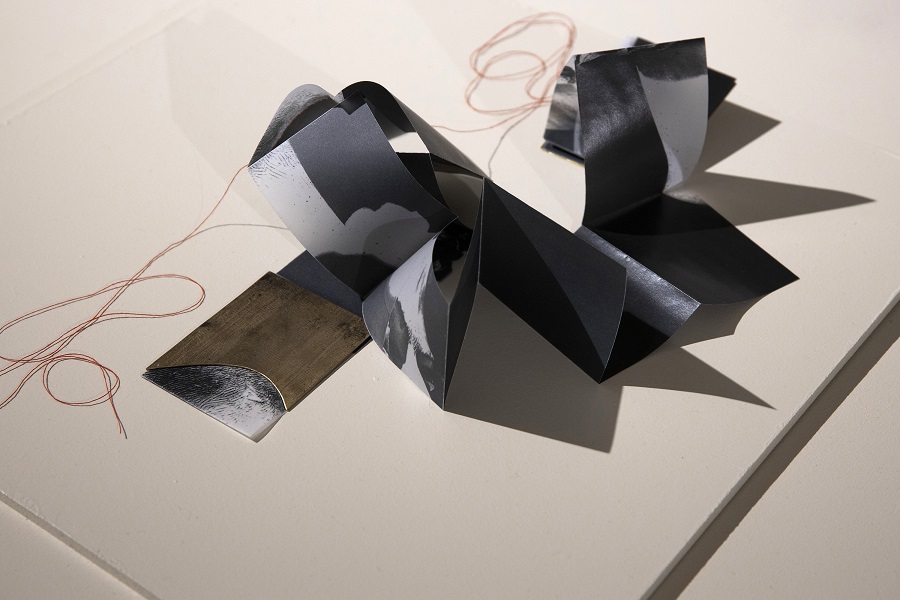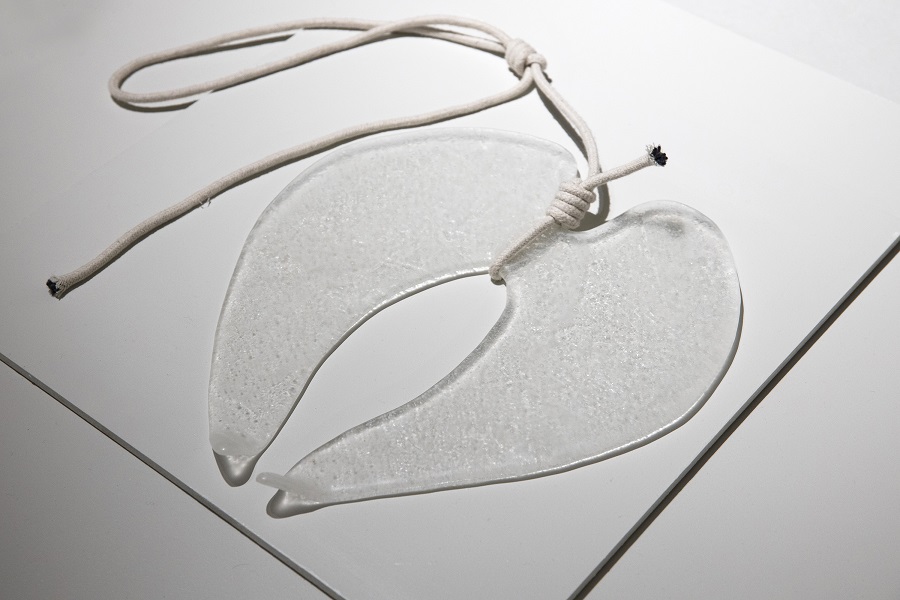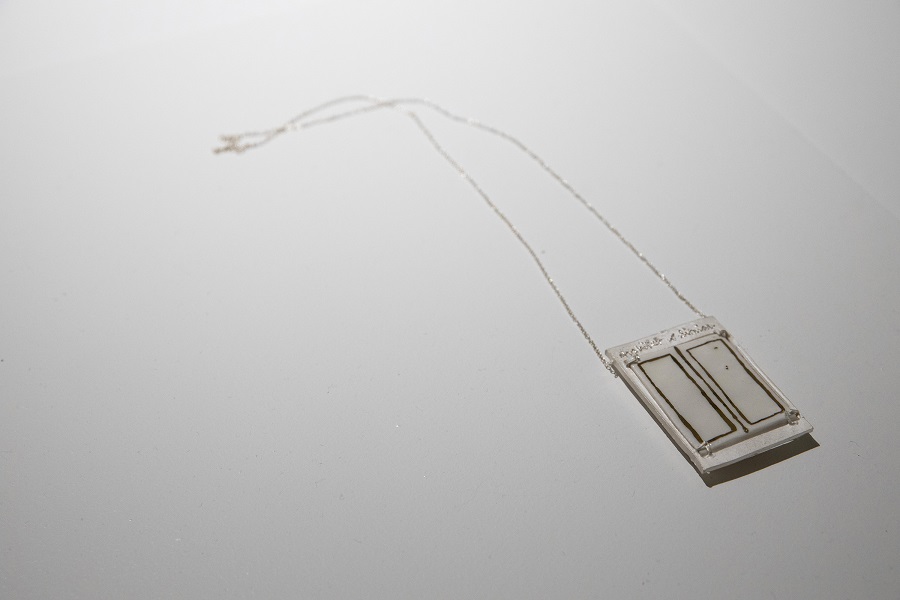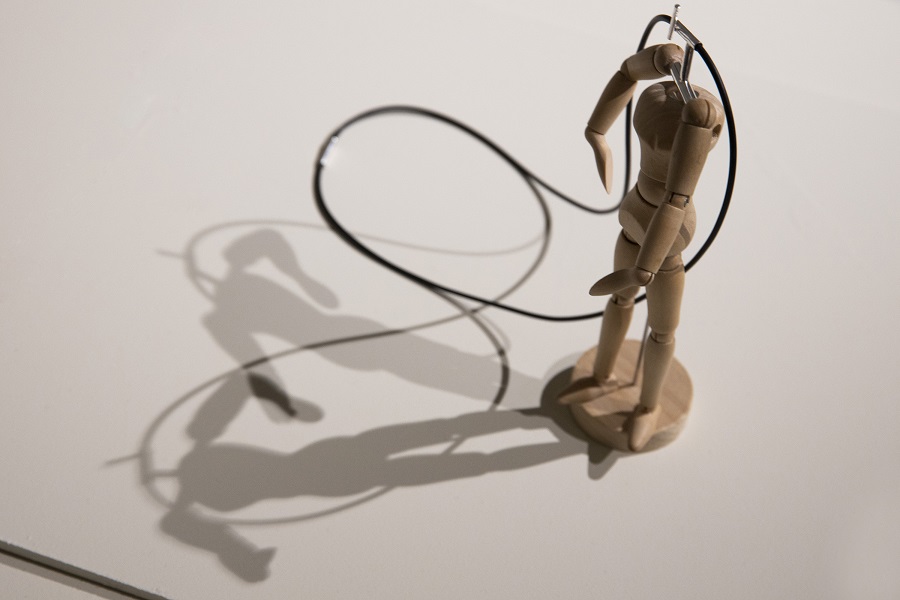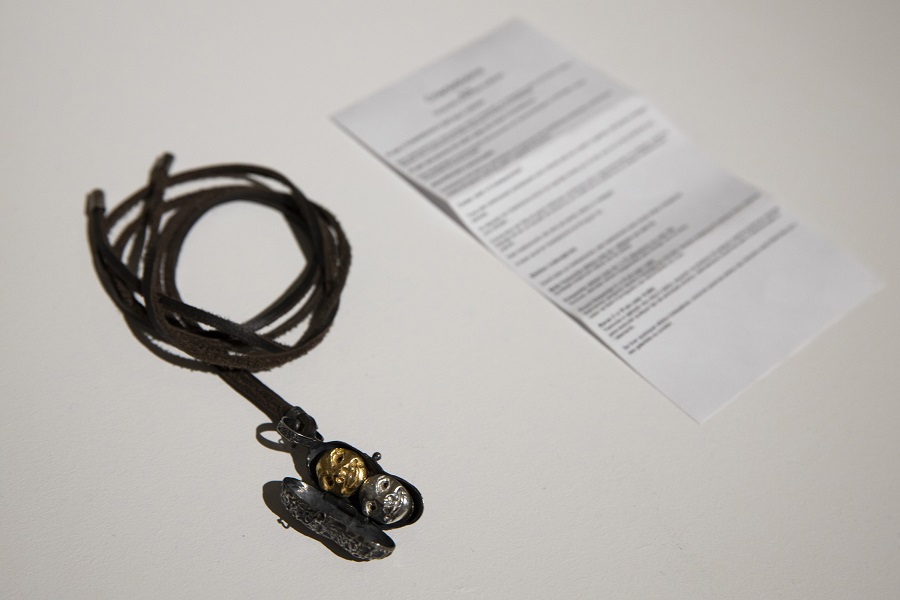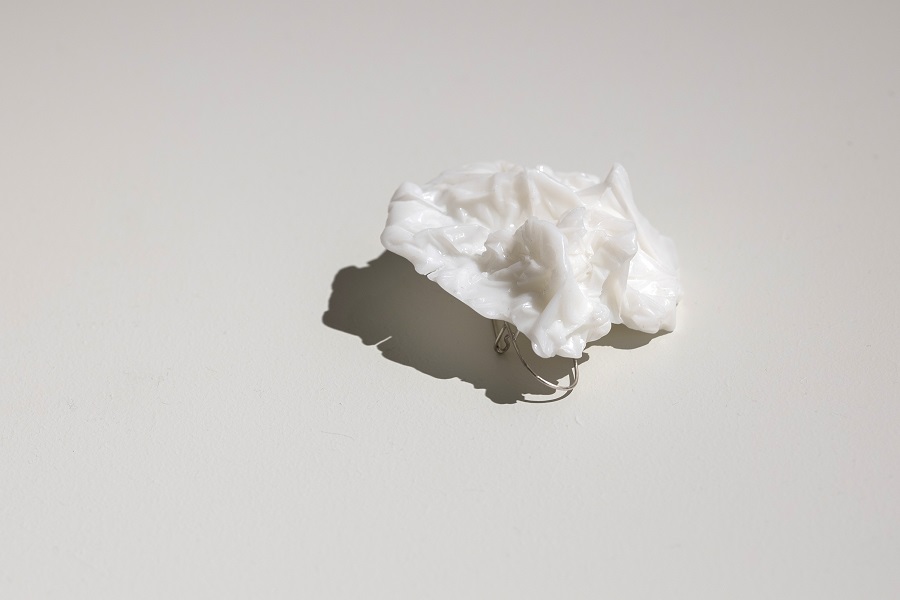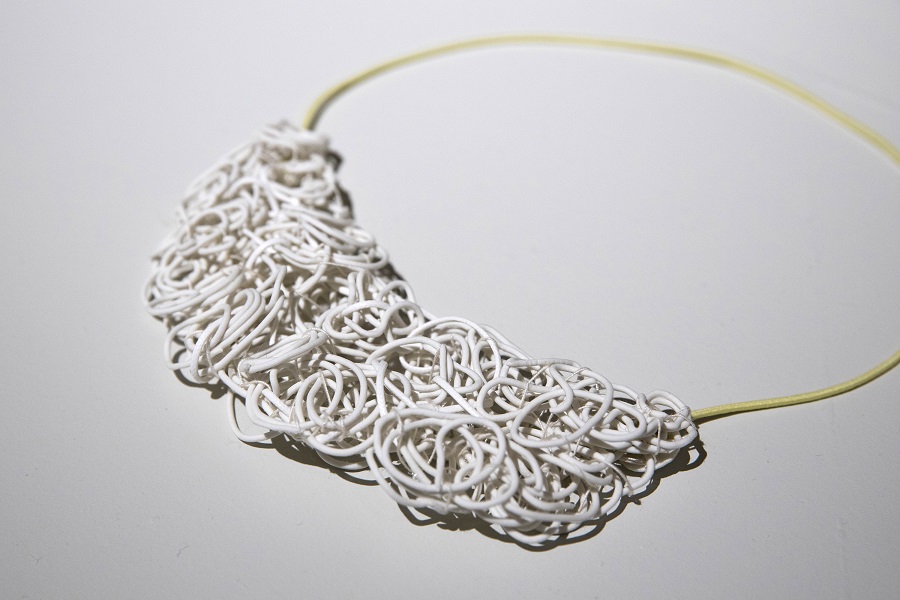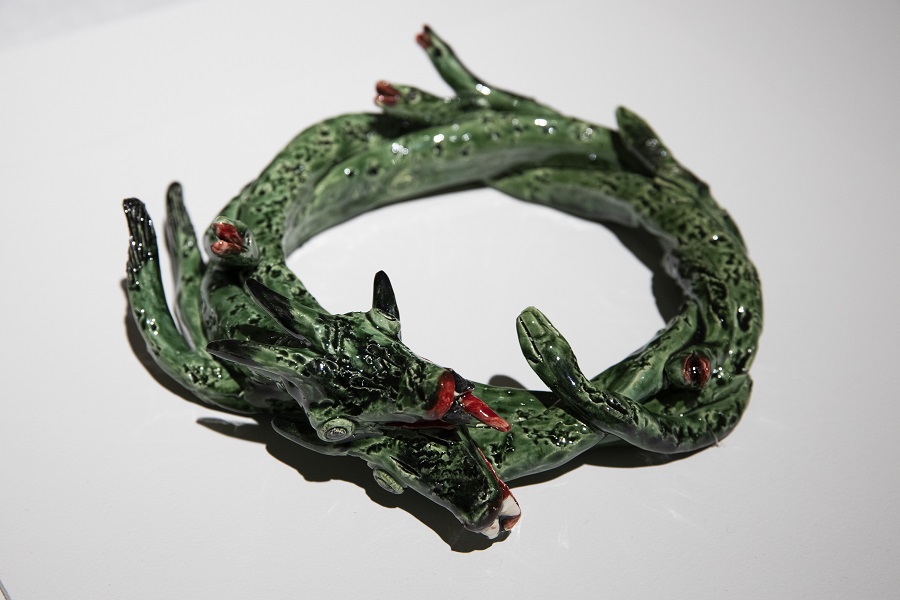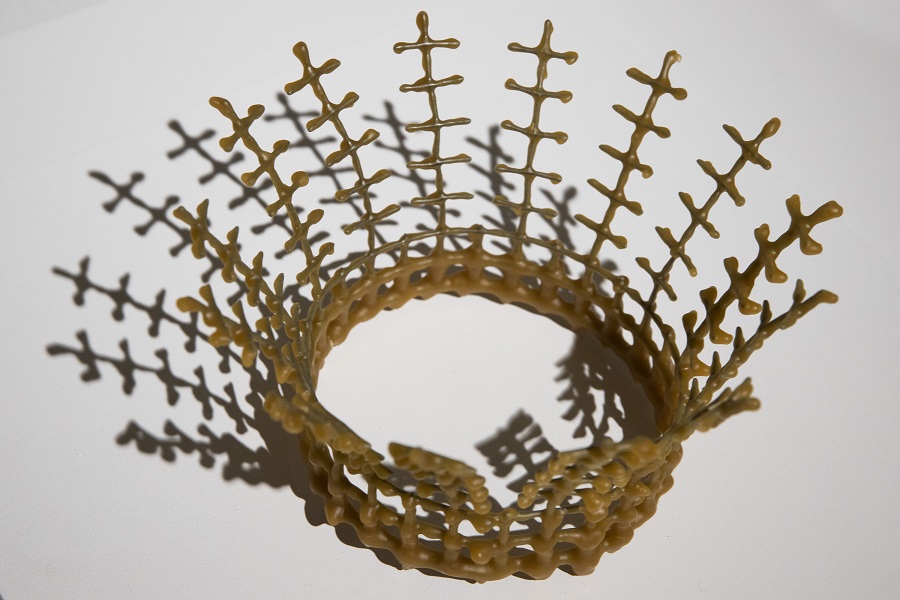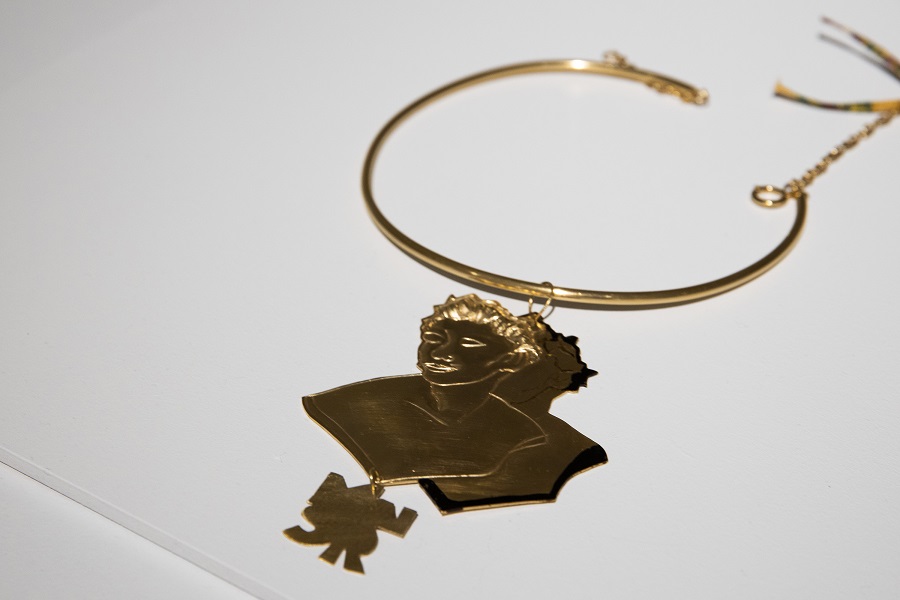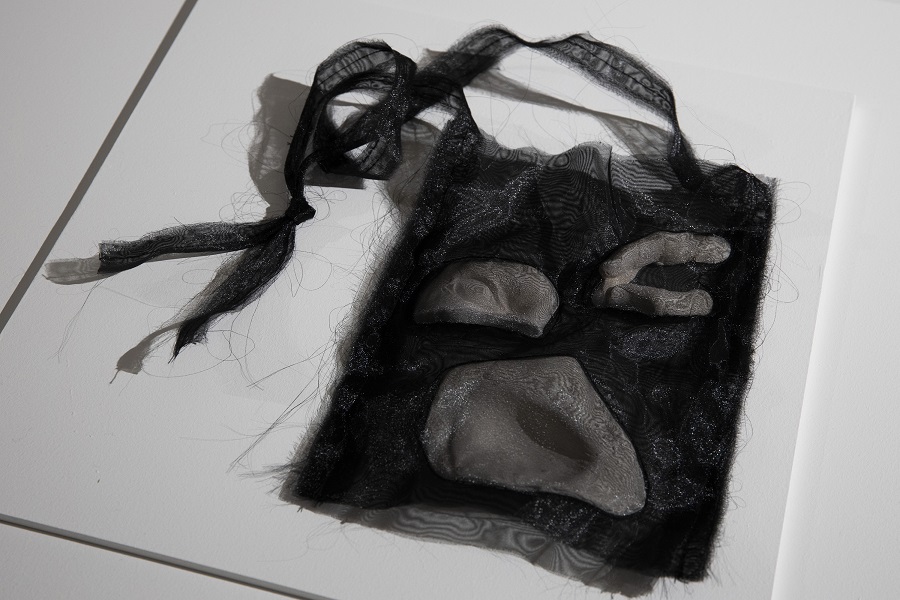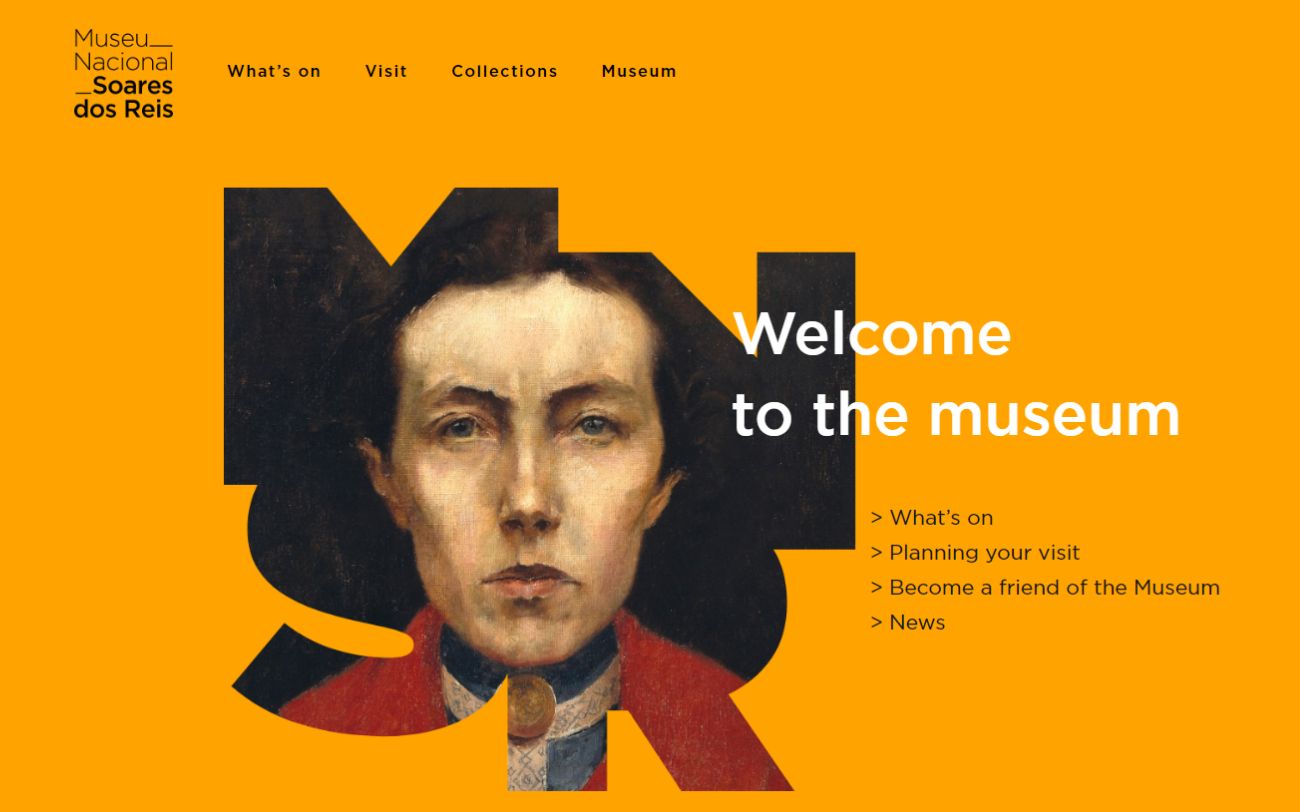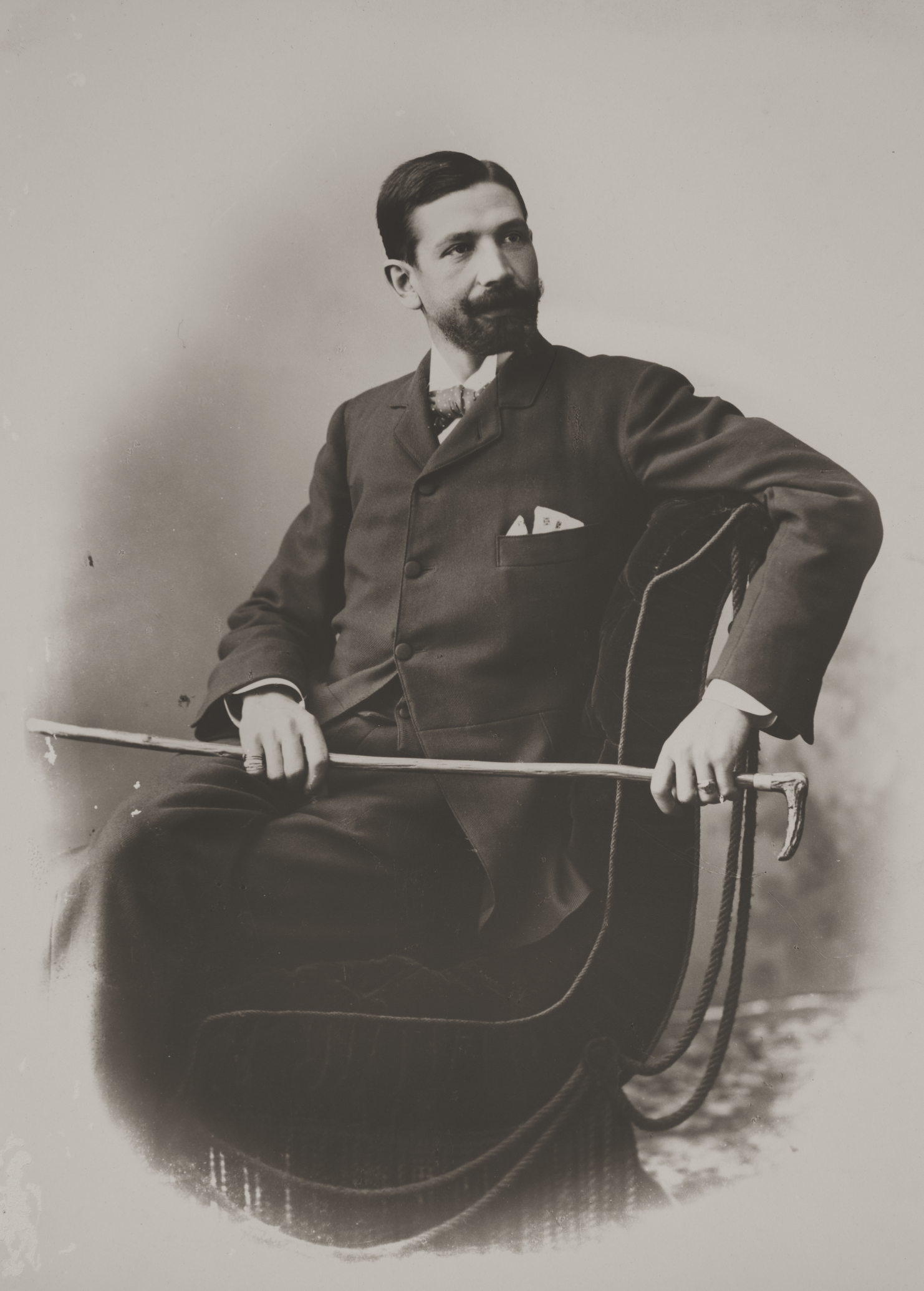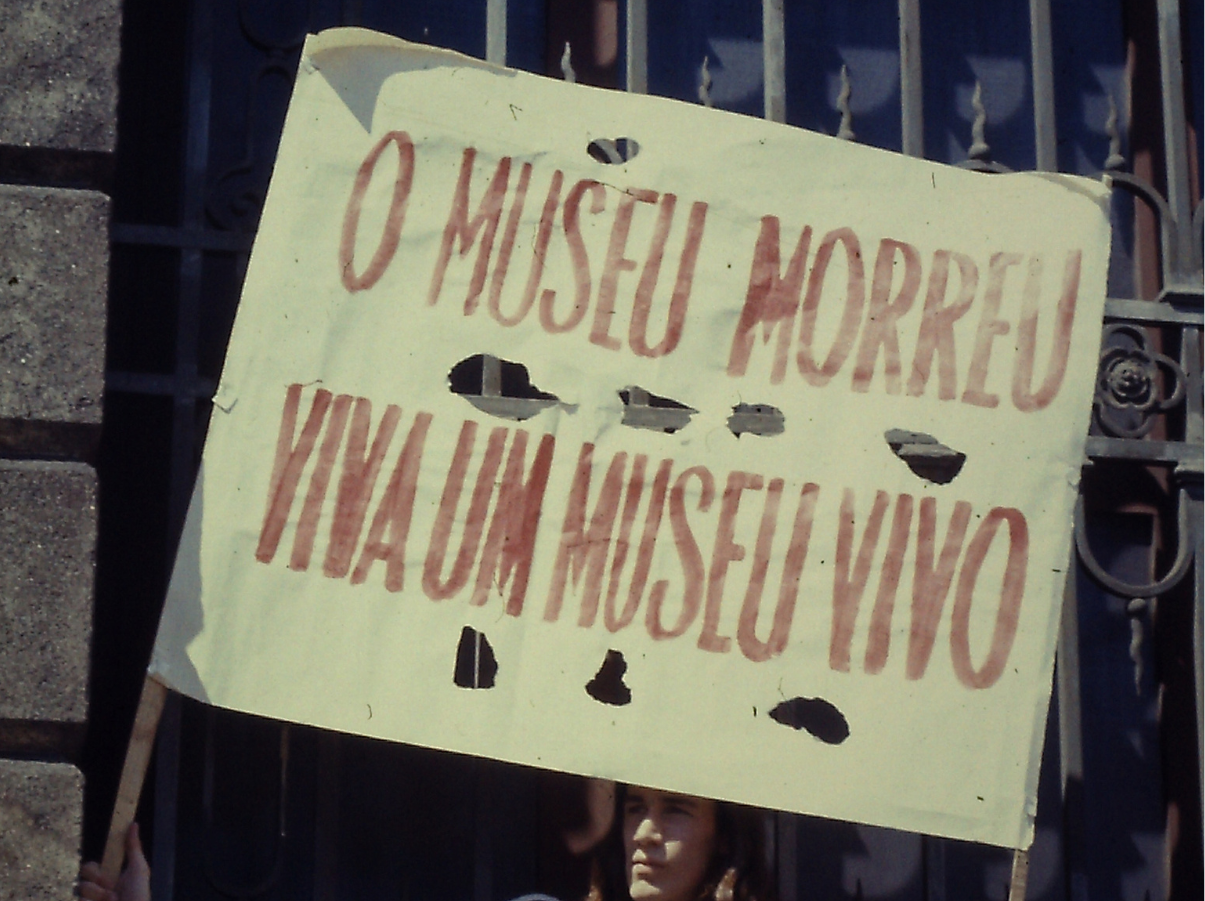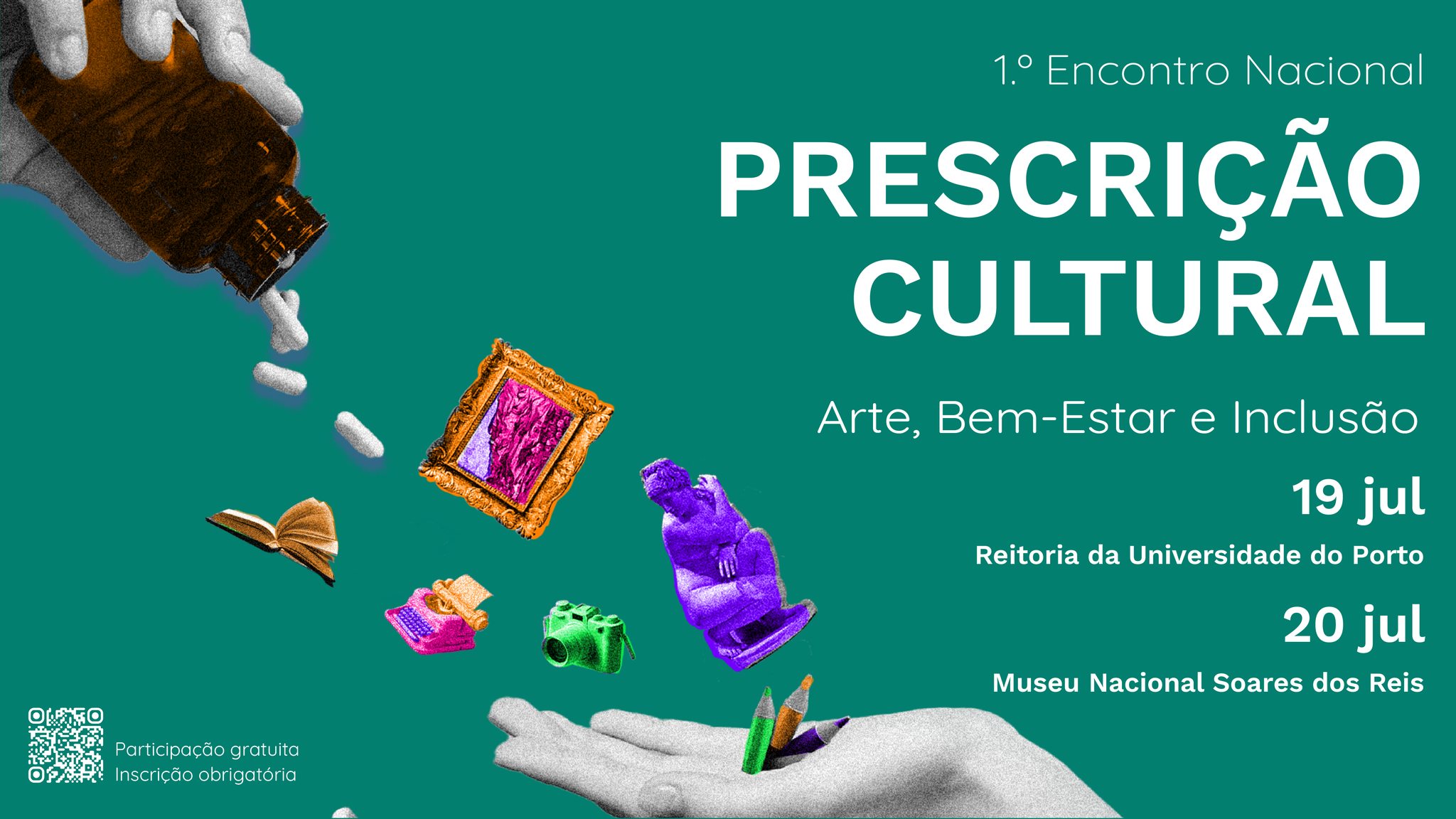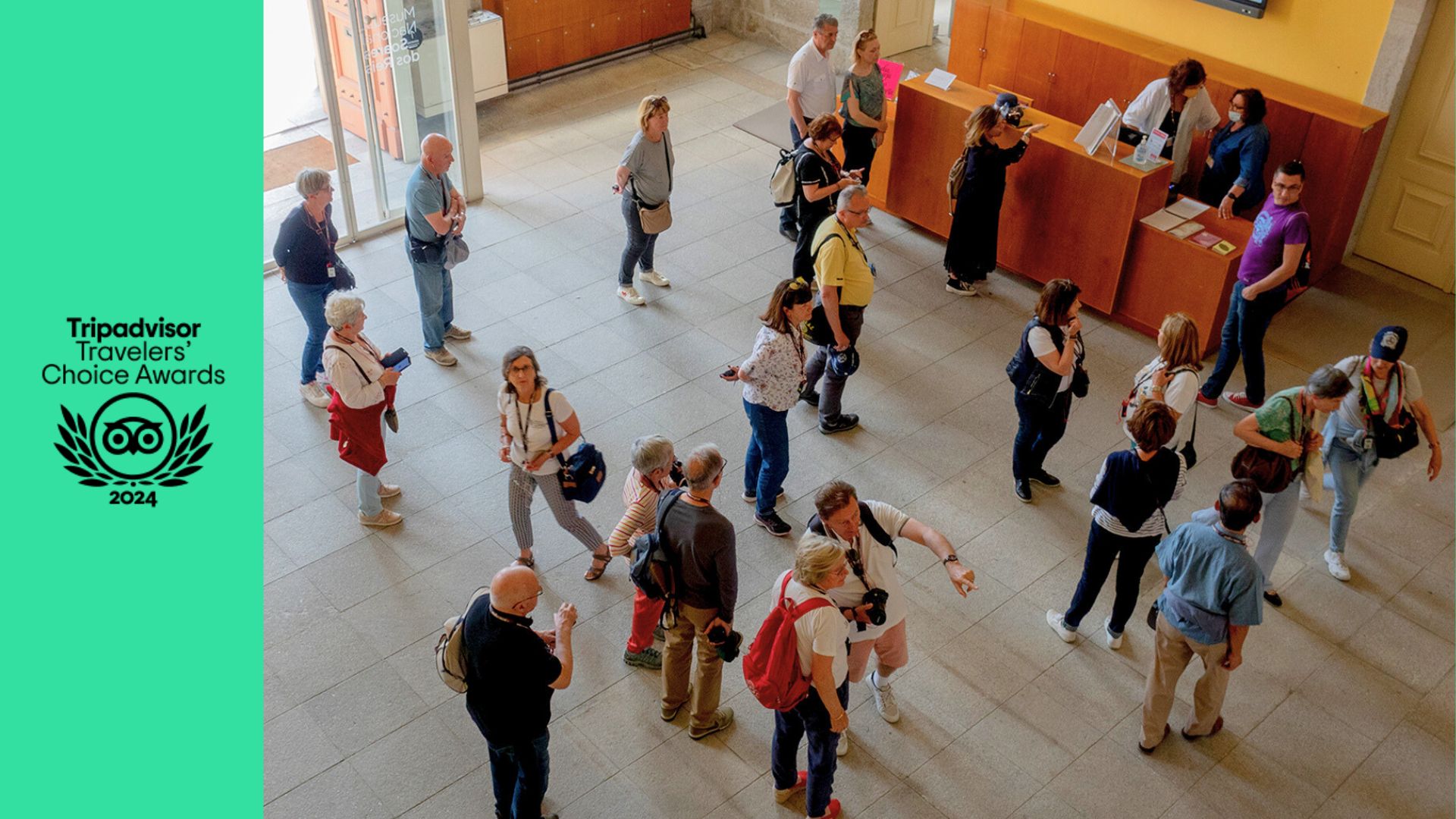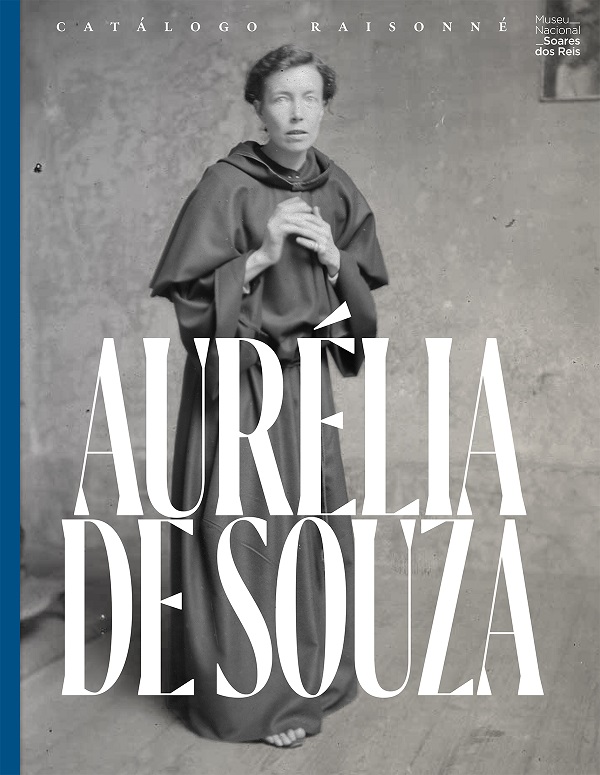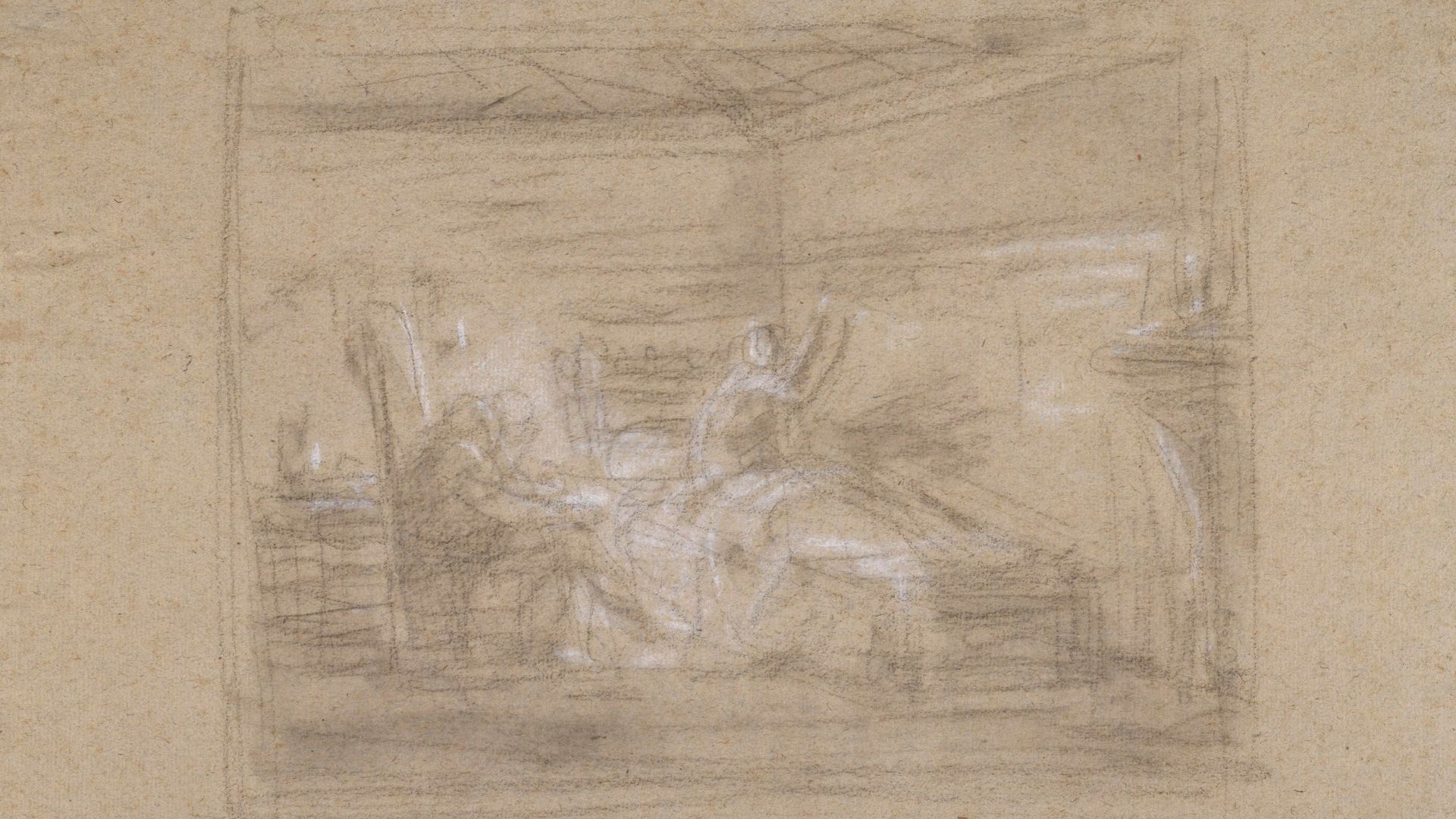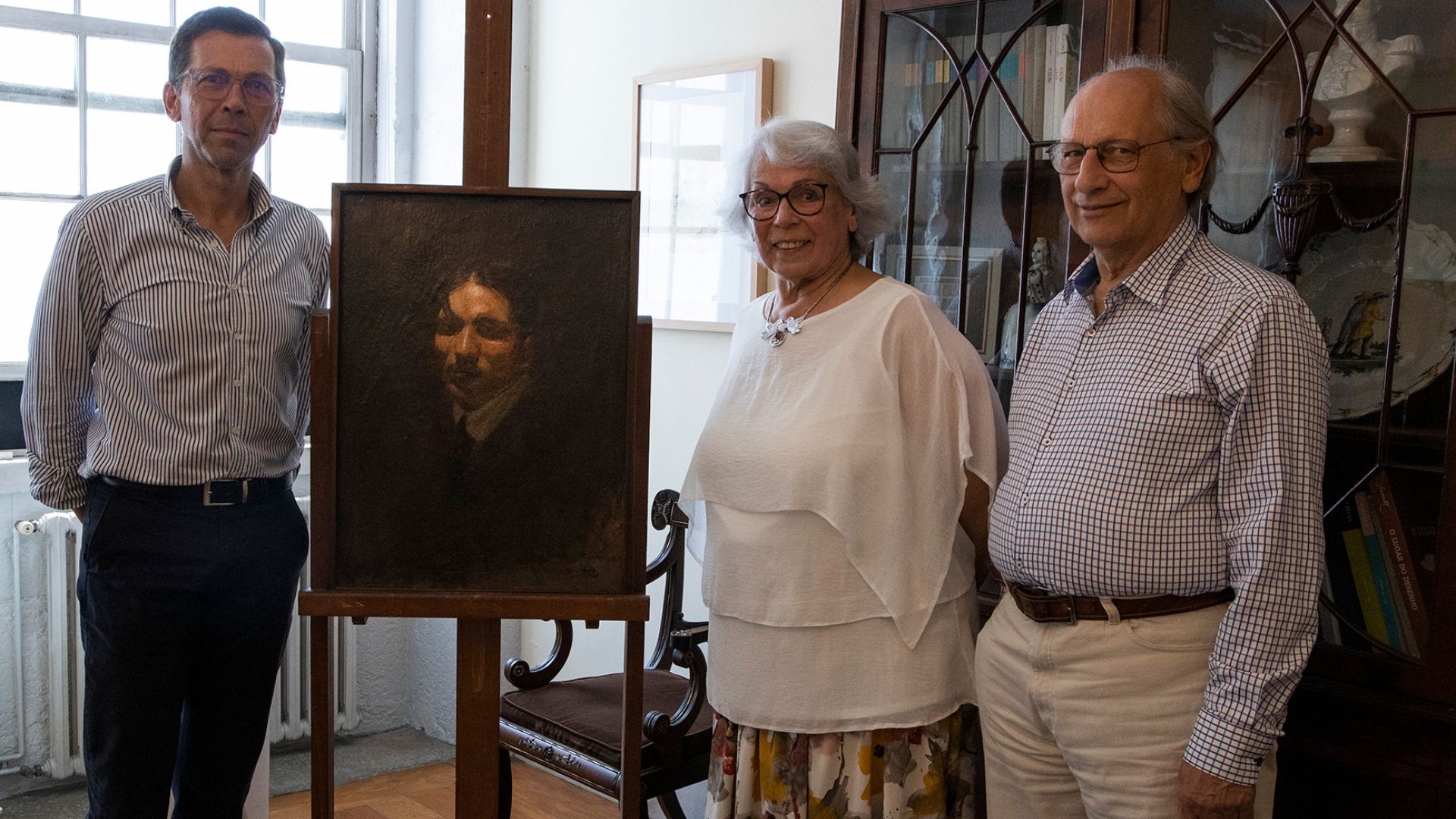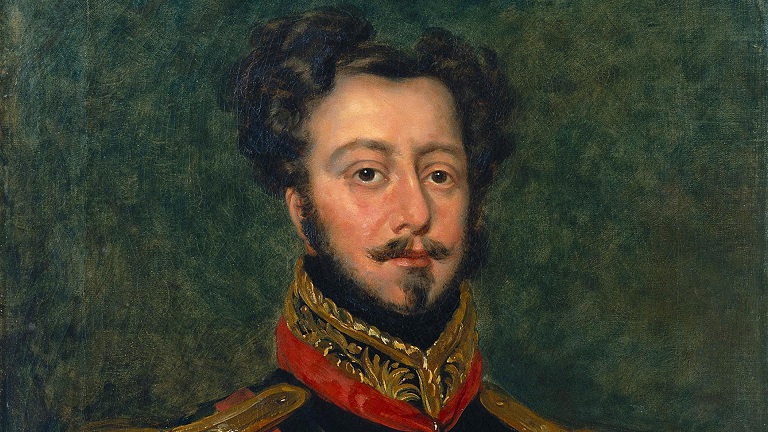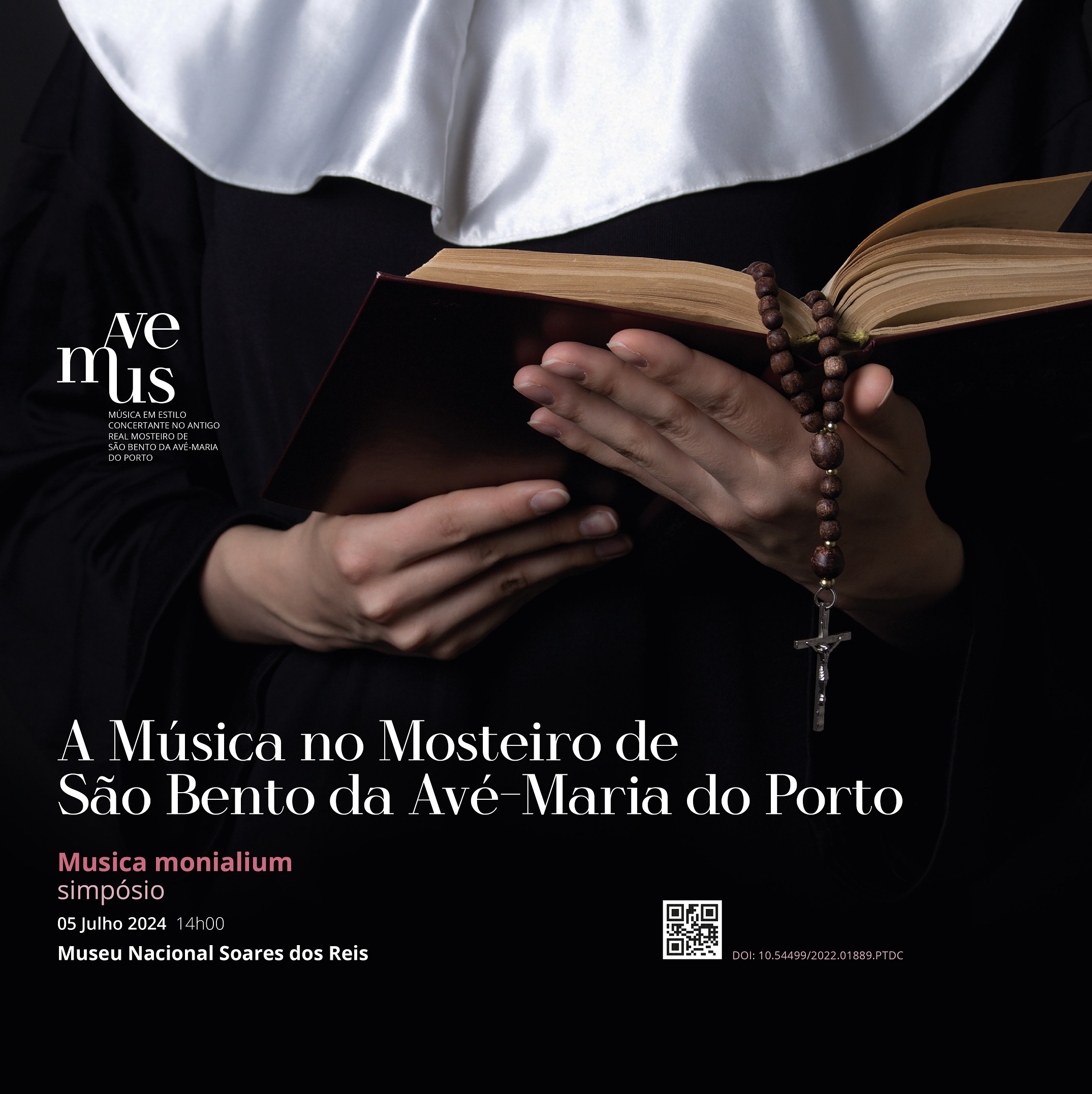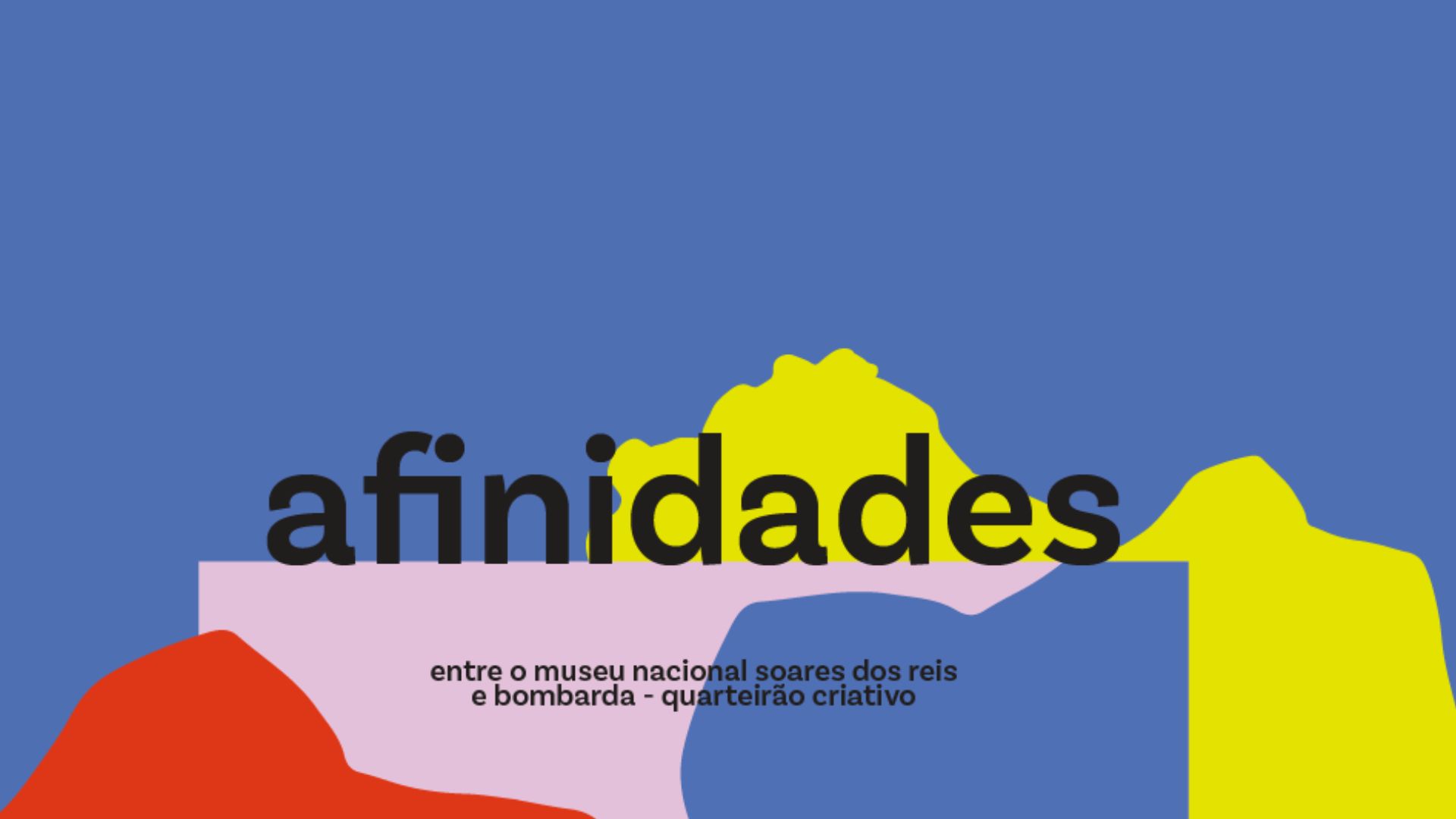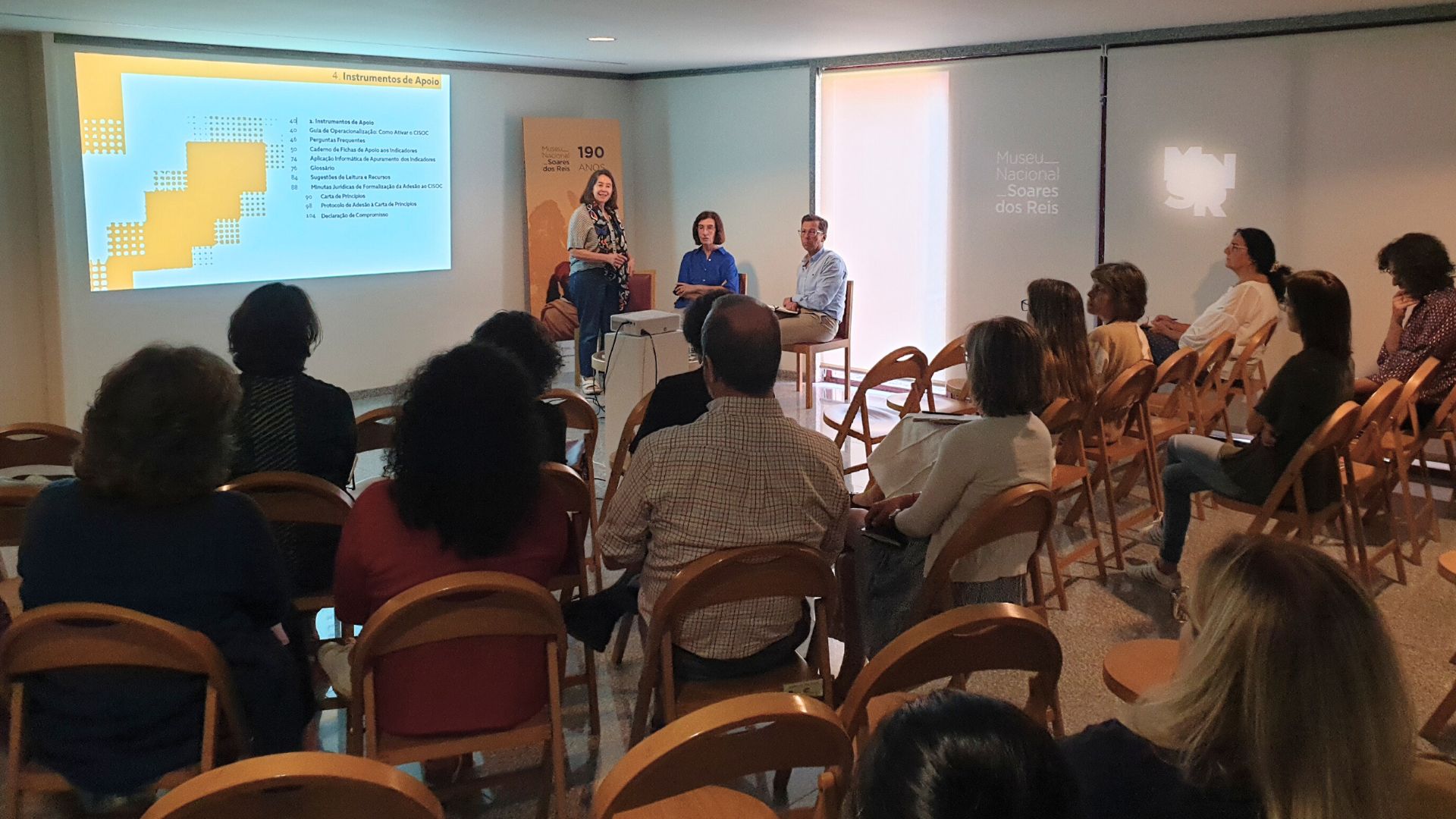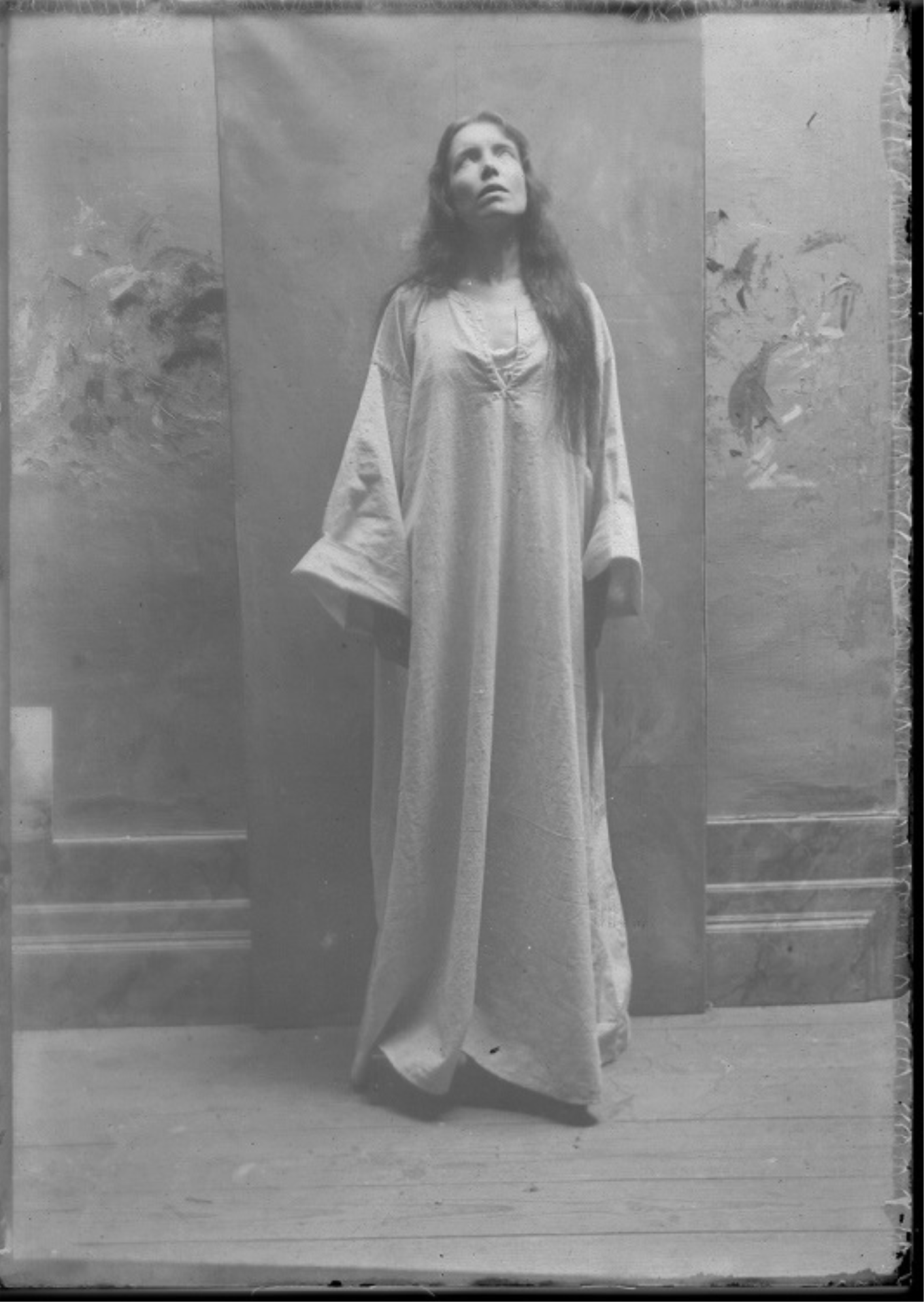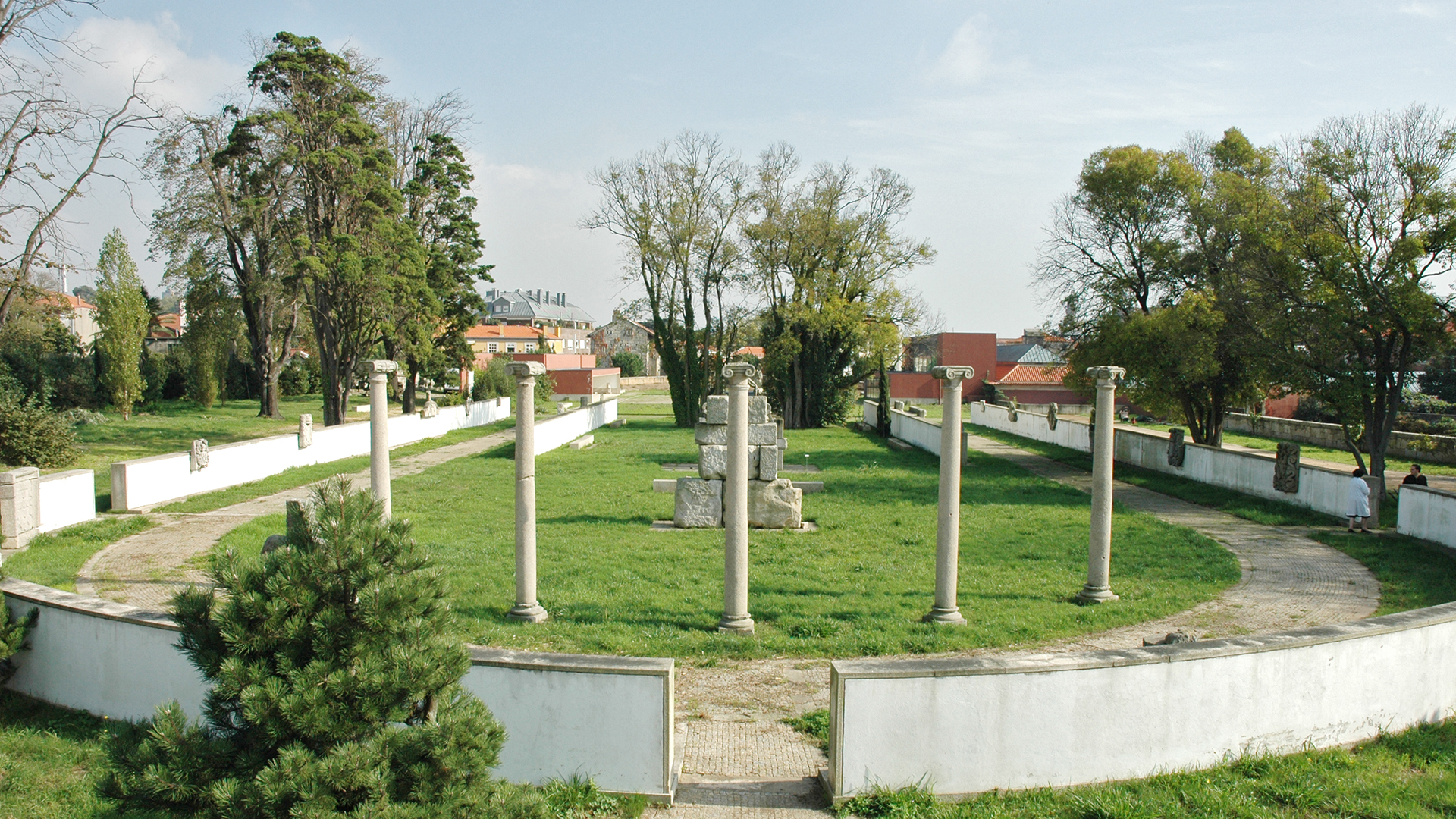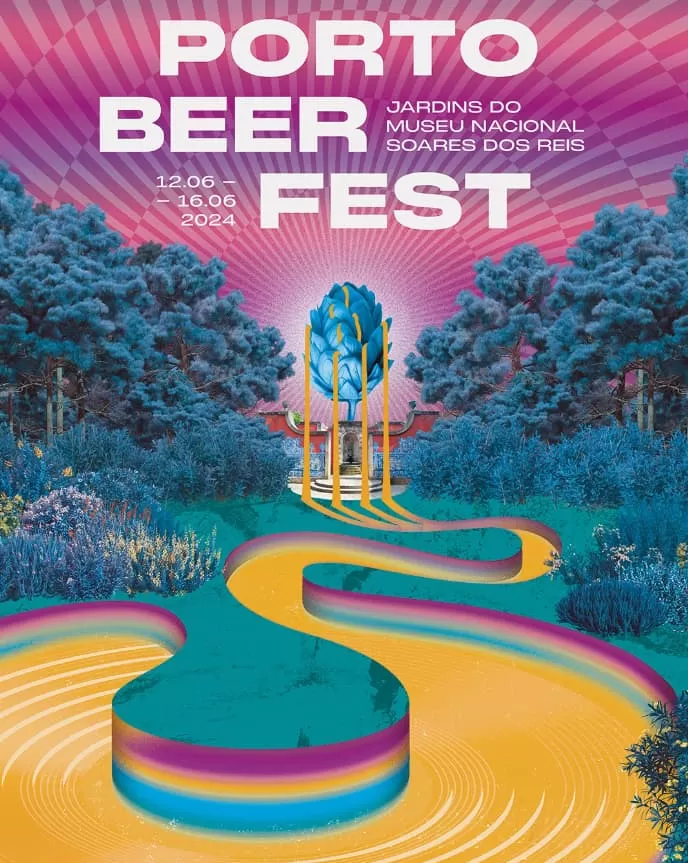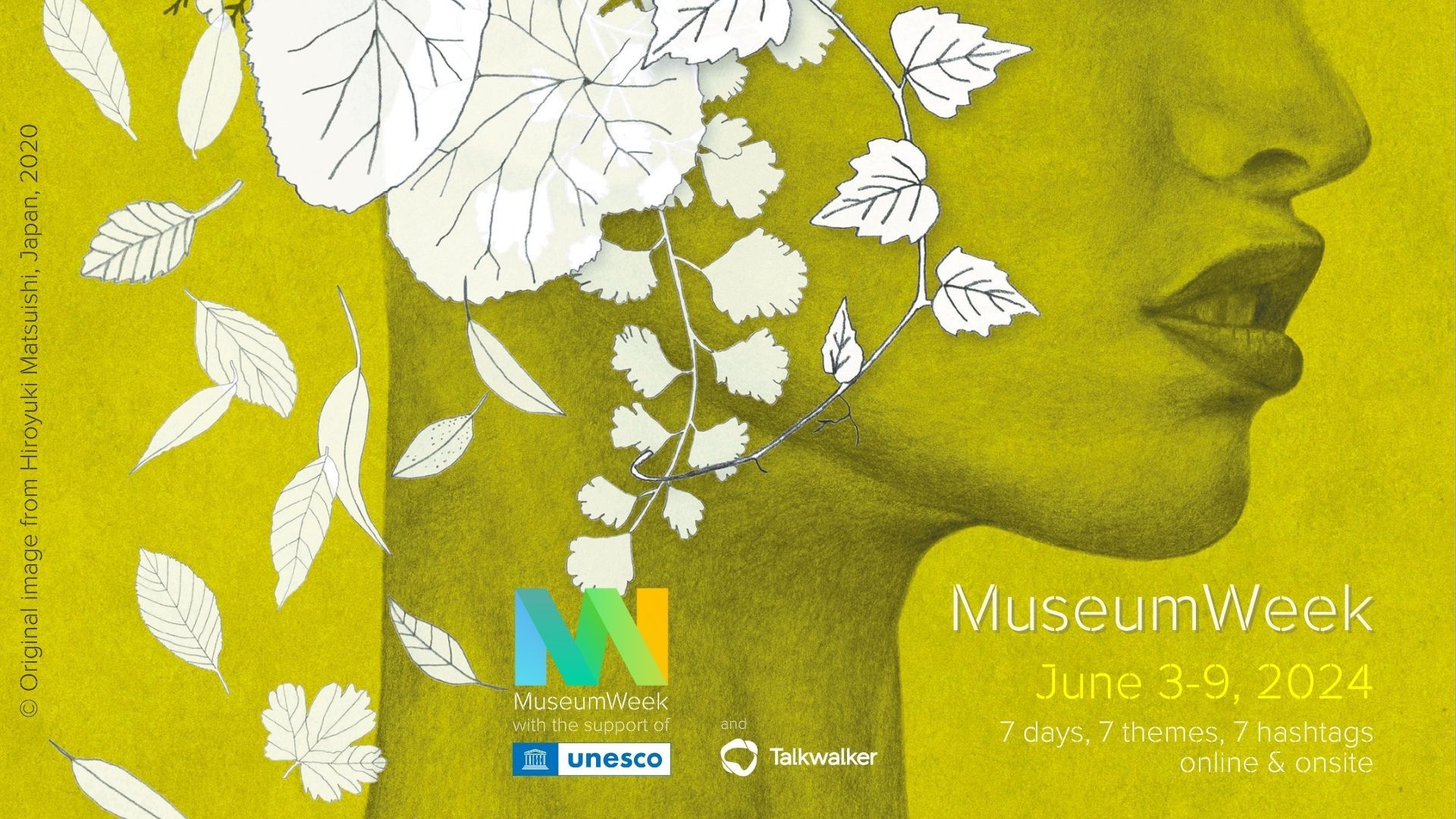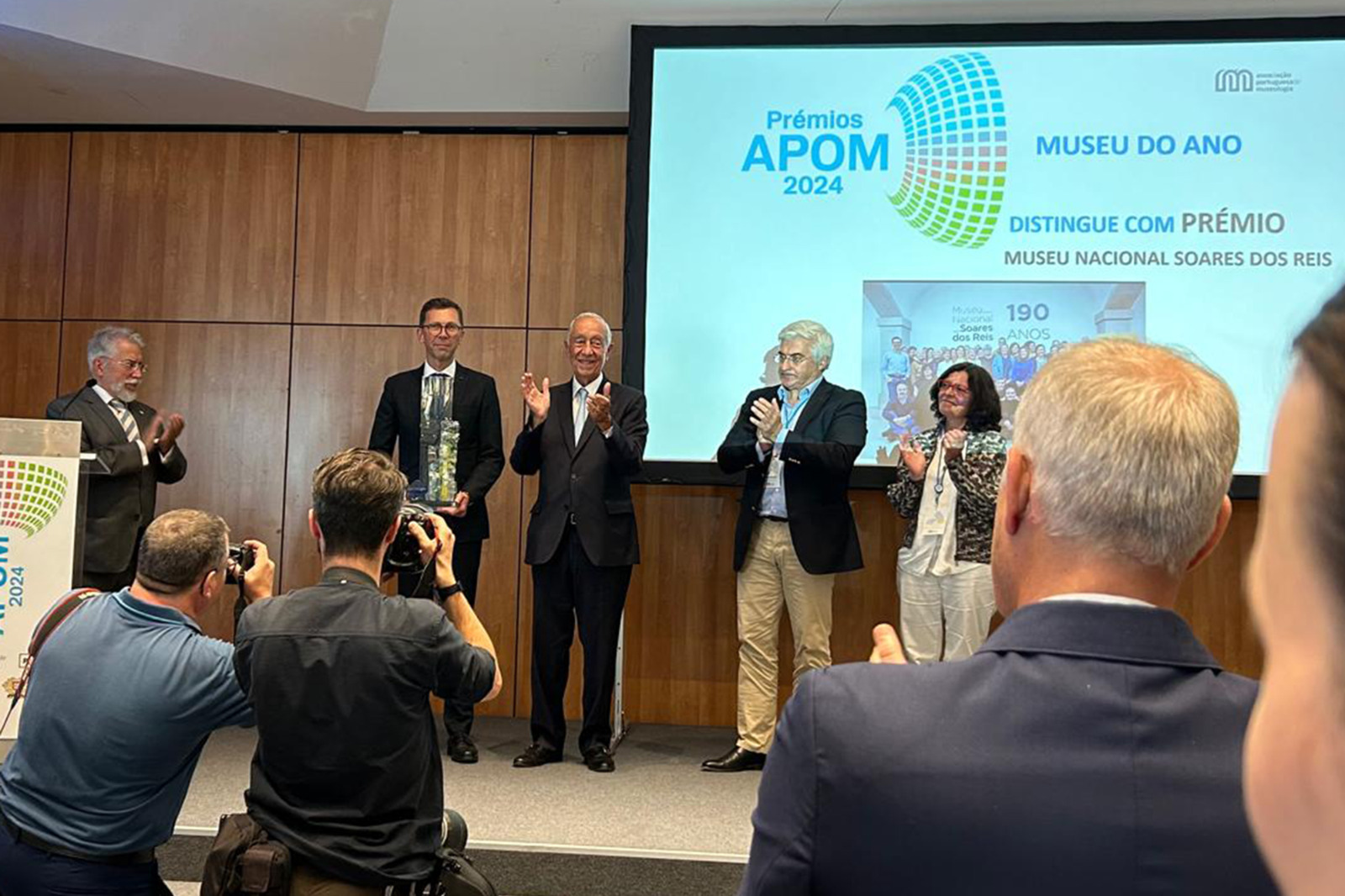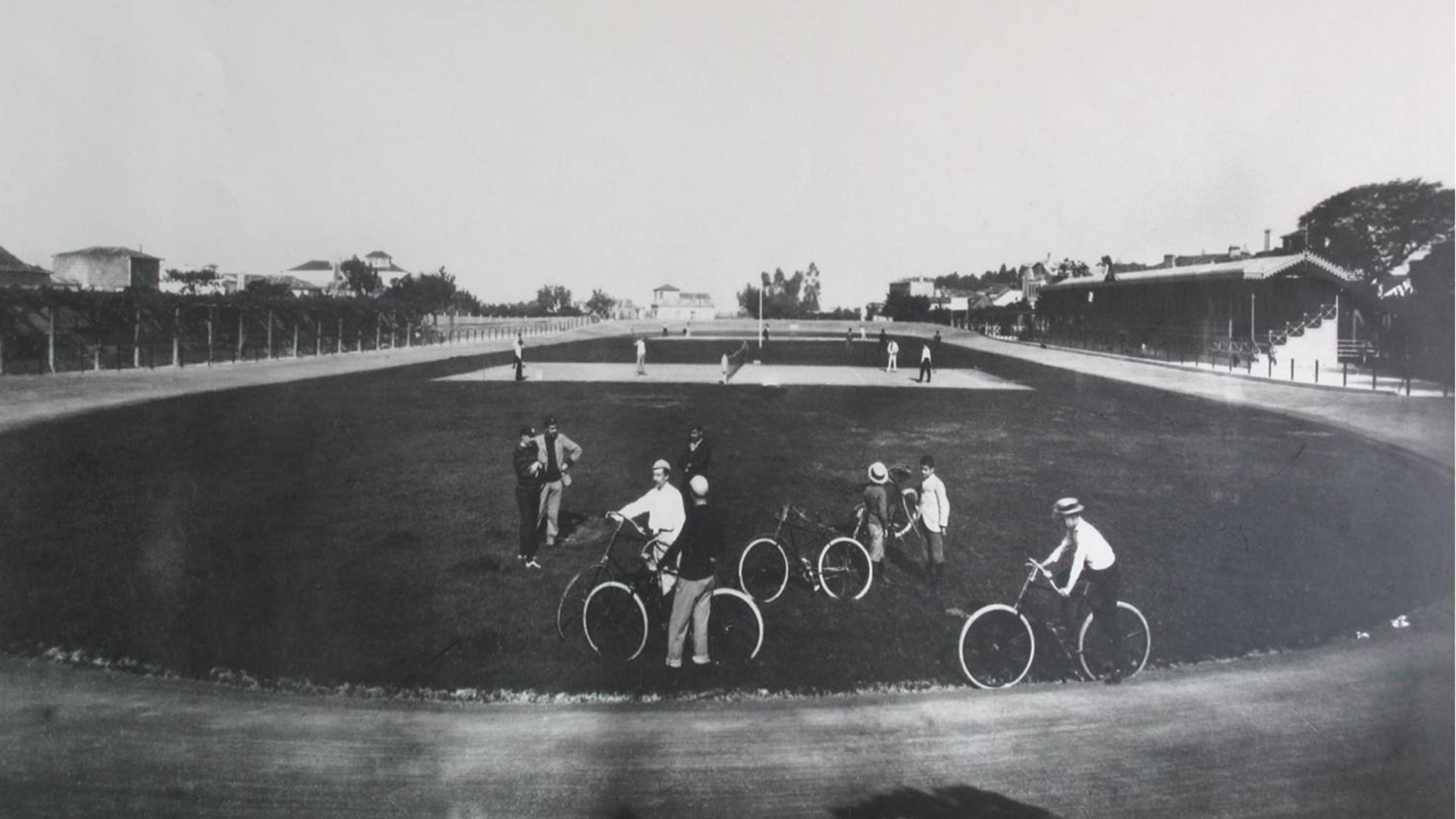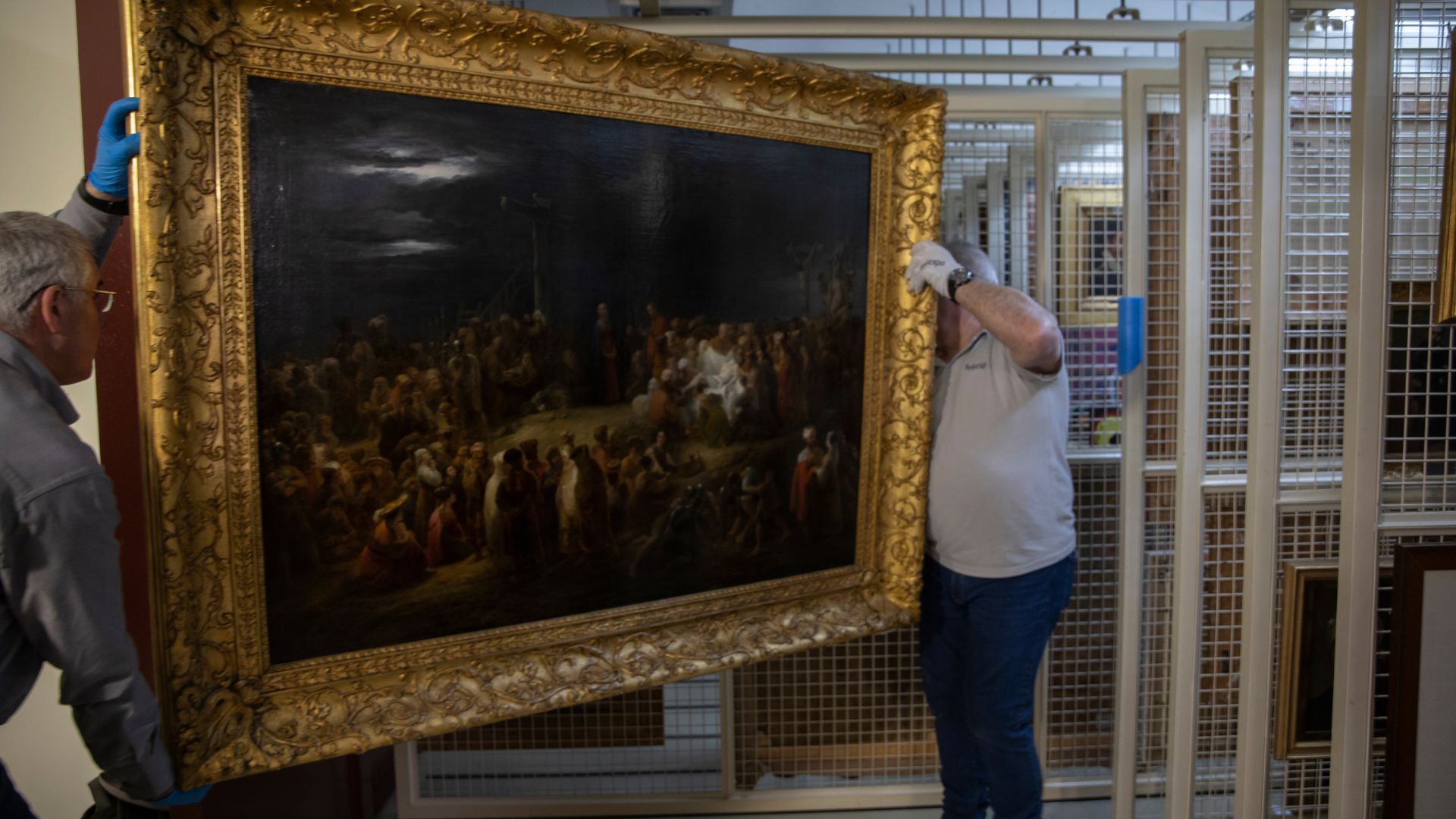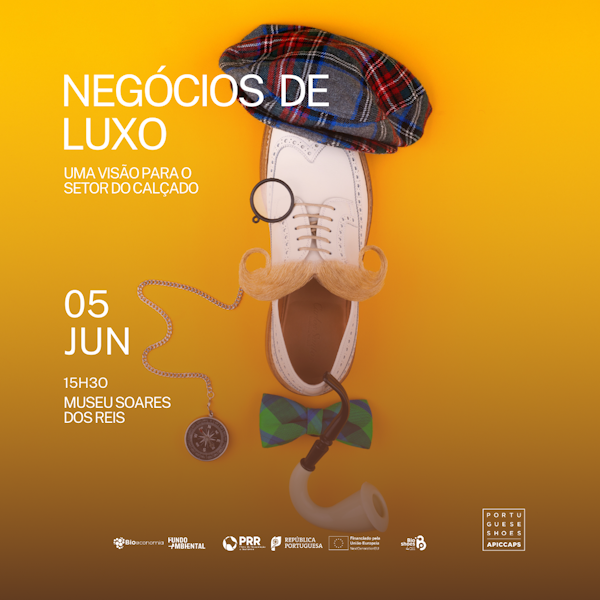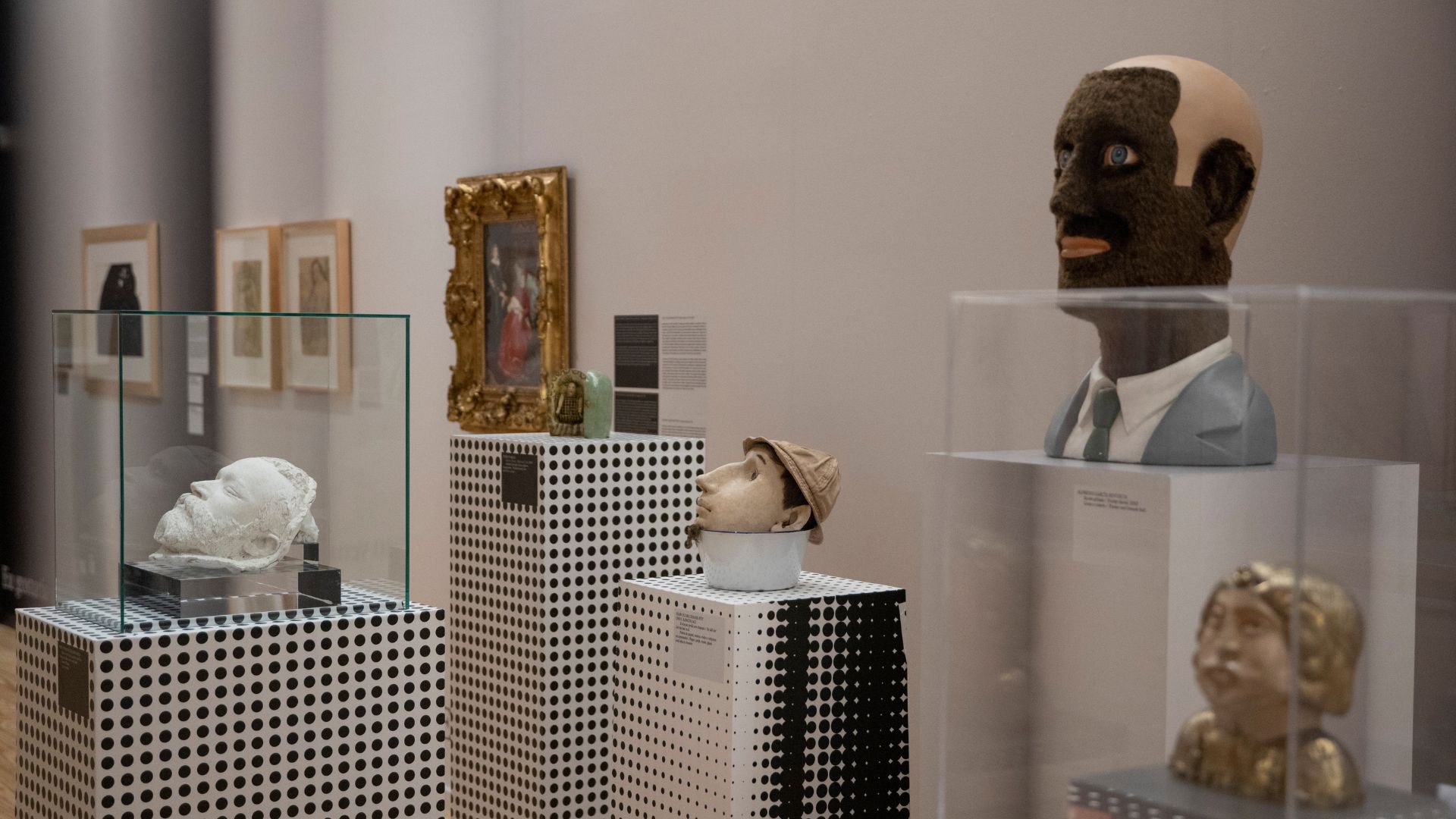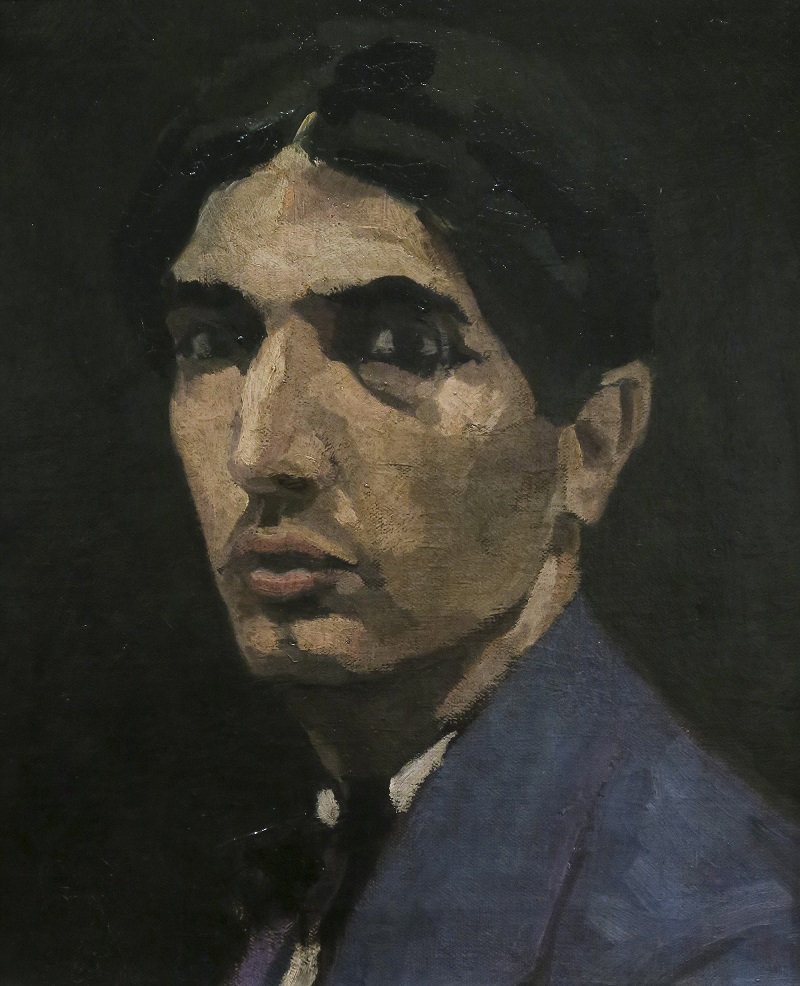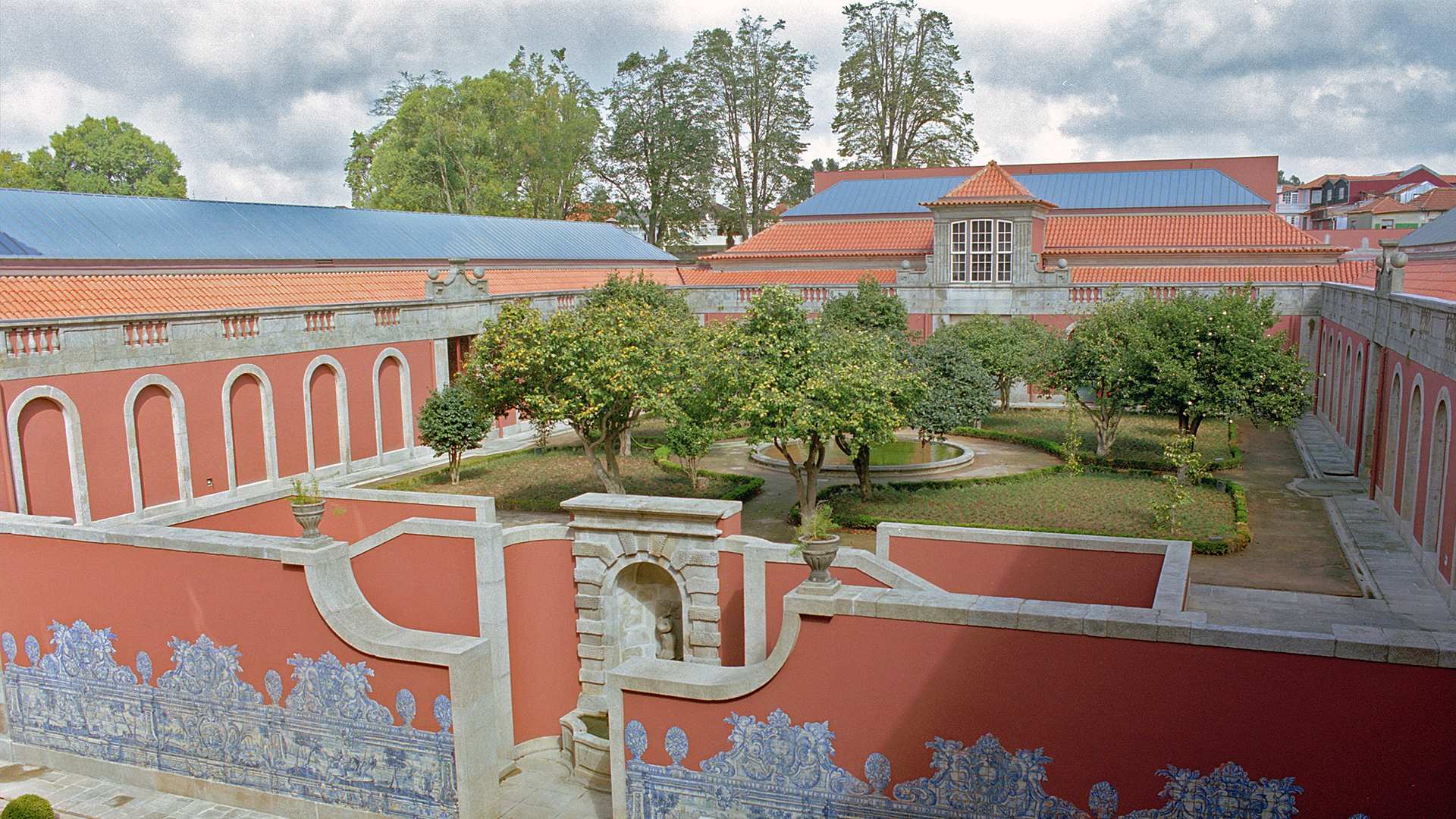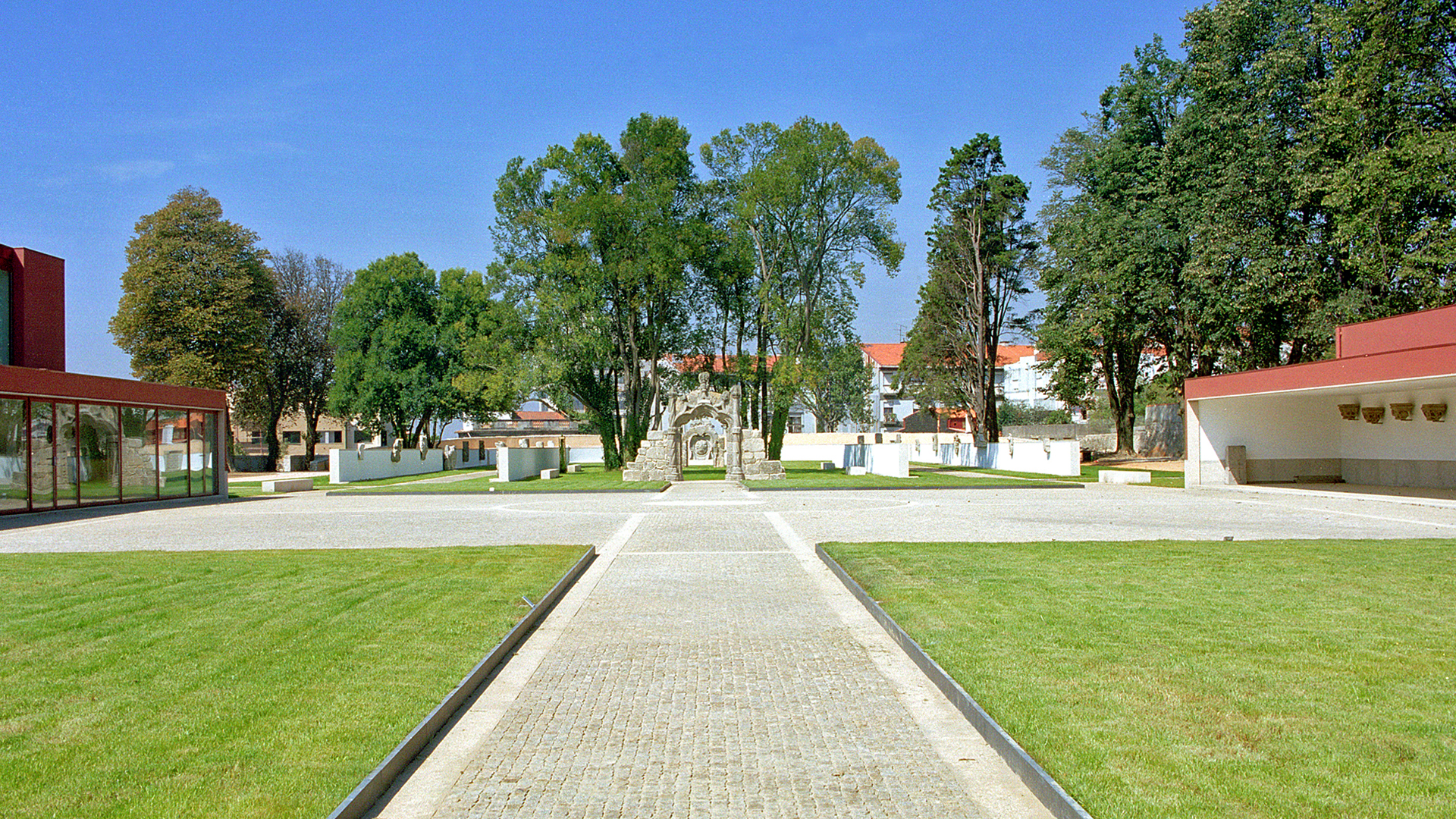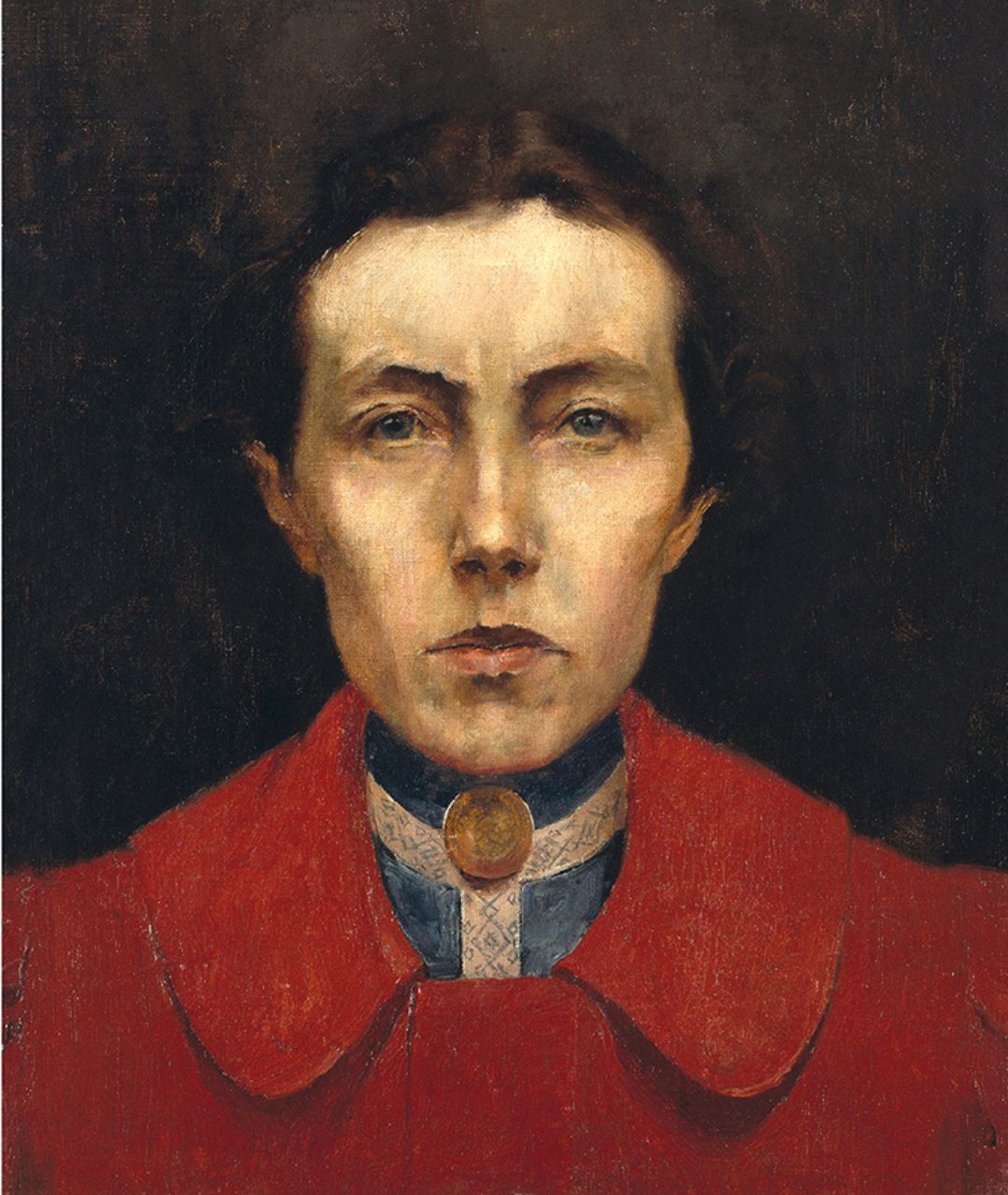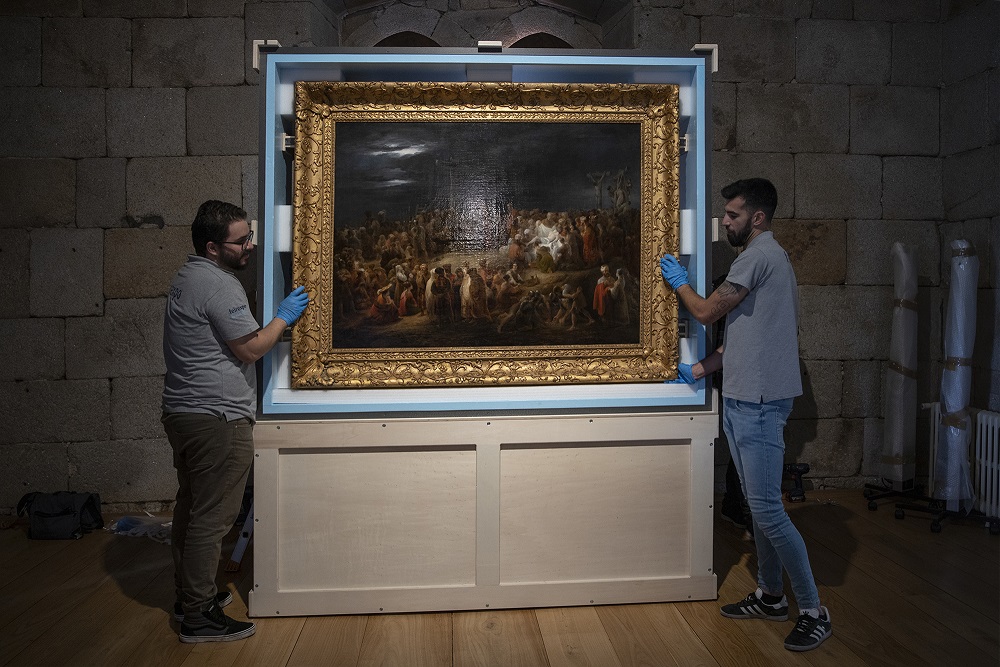The main players will be health and cultural mediation professionals, but the academic community and civil society are also invited to this joint reflection on art and health. The 1st National Meeting | Cultural Prescription – Art, Well-being and Inclusion will take place on 19 and 20 July at the Rectory of the University of Porto and the Soares dos Reis National Museum.
What do we expect from Cultural Prescription is the theme of the meeting’s inaugural session, scheduled for 10 am on Friday 19th in the Rectory’s Great Hall. The topic will be answered by Fátima Vieira, Vice-Rector for Culture and Museums at Porto University, followed by a presentation of concrete experiences in Portugal.
One of the highlights of the morning will be the presentation by lecturers from the Faculty of Psychology and Educational Sciences of the new Transversal and Transferable Competences Curriculum Unit on Cultural Prescription, which will be on offer to all students at the University of Porto from the next academic year, and which will cross different disciplinary areas.
Starting at 2 pm, researcher Anita Jensen, from Lund University (Sweden), will share case study results and show how the arts can effectively be integrated into the areas of health and social care, impacting the quality of life of participants and promoting a greater connection between the social, health and general well-being dimensions.
To reflect on the role of art in the training of health professionals, there will be a round table from 3pm with: João Luís Barreto Guimarães, doctor, poet and lecturer at the Abel Salazar Biomedical Sciences Institute (ICBAS), where he teaches ‘Introduction to Poetry’; Luís Campos, President of the Portuguese Council for Health and the Environment; Rui Amaral Mendes, lecturer at the Faculty of Medicine of U.Porto and responsible for the ‘Poetry and Photography in Medicine’ course unit; and Ana Zão, doctor, pianist and Regent of the ‘Medicine, Music and the Mind’ course unit at ICBAS.
Cultural Mediation will be the topic to be discussed by Alice Semedo and Hugo Barreira, lecturers and researchers at the Faculty of Arts of the University of Porto; Lúcia Matos, lecturer, researcher and director of the Faculty of Fine Arts of the University of Porto, and Virgínia Gomes, coordinator of the EU no musEU project for people with Alzheimer’s disease and their carers.
This first day of the event will culminate at 5.30 pm with the presentation of the Cultural Prescription Consortium which, among other measures, will enable the training of professionals who are already in the field (doctors, psychologists, artists and cultural mediators). Participants will include Jorge Sobrado, vice-president for Culture and Heritage at the Northern Regional Coordination and Development Commission (CCDR-N); António Ponte, director of the Soares dos Reis National Museum; Flávio Vieira, director of the Alberto Sampaio Museum; Teresa Albuquerque, director of Casa Mateus; and Fátima Vieira, vice-rector for Culture and Museums at the University of Porto.
On 20 July, the meeting will take place at the Soares dos Reis National Museum. Starting at 10 am, various activities are planned, from a guided tour ‘Do beijo à Saudade’ (From Kissing to Homesickness) to a dynamic about ‘Places of Empathy’.
The Cultural Prescription project was developed by the University of Porto’s Culture Unit.


